


Books in series

Detective Comics (1937-2011) #1
1937

Detective Comics (1937-2011) #4
1937

Detective Comics (1937-2011) #7
1937

Detective Comics (1937-2011) #11
1938

Detective Comics (1937-2011) #14
1938
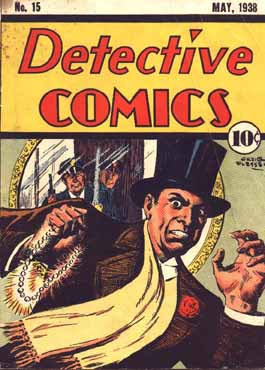
Detective Comics #15
1938

Detective Comics #27
1939
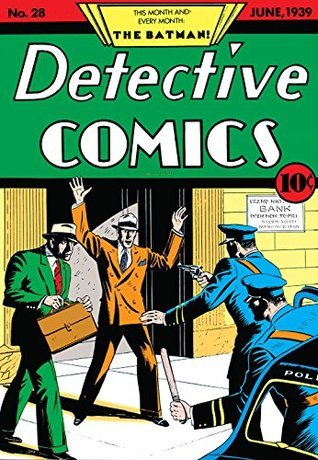
Detective Comics (1937-2011) #28
1939

Detective Comics (1937-2011) #29
1939
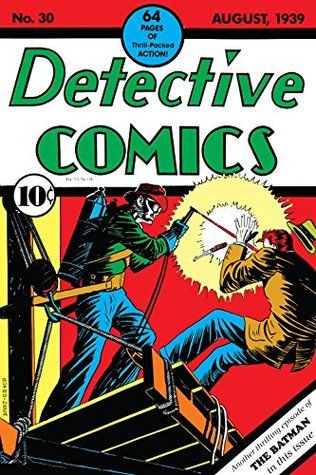
Detective Comics (1937-2011) #30
1939
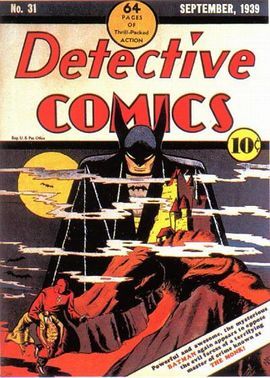
Detective Comics (1937-2011) #31
1939
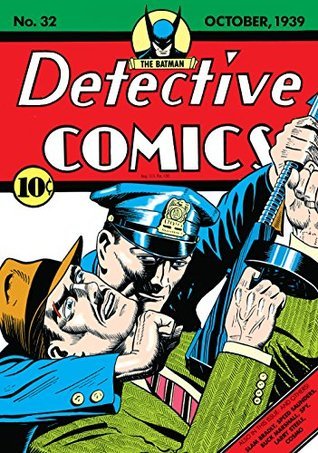
Detective Comics (1937-2011) #32
1939
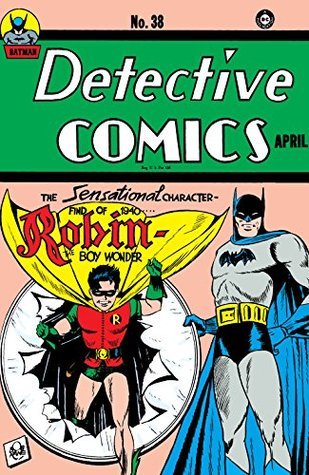
Detective Comics (1937-2011) #38
2000
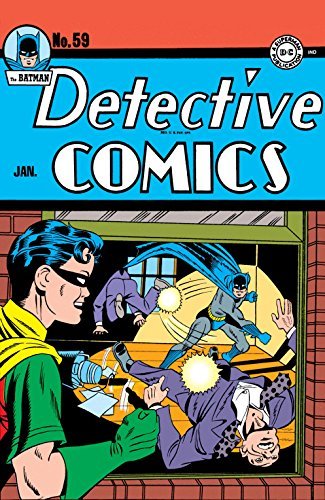
Detective Comics (1937-2011) #59
1942
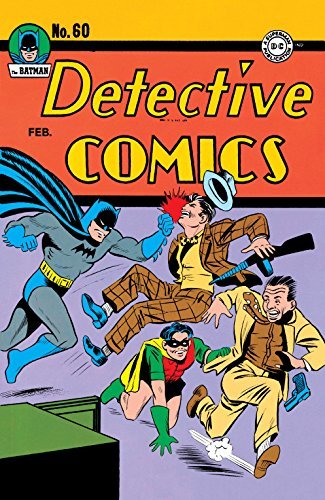
Detective Comics (1937-2011) #60
1942

Detective Comics (1937-2011) #70
1942
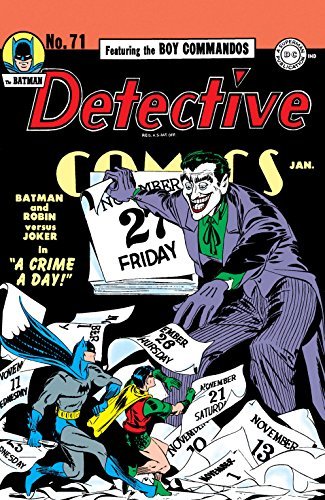
Detective Comics (1937-2011) #71
1943
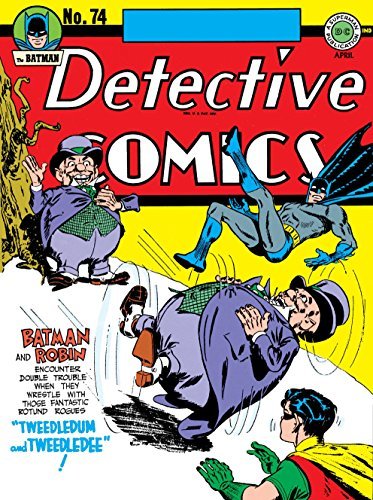
Detective Comics (1937-2011) #74
1943
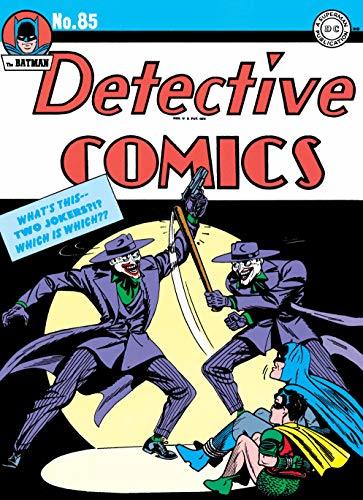
Detective Comics (1937-2011) #85
1944
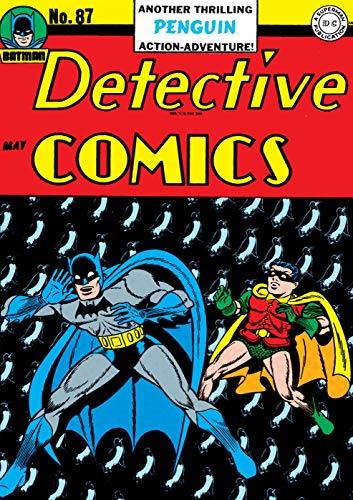
Detective Comics (1937-2011) #87
1944
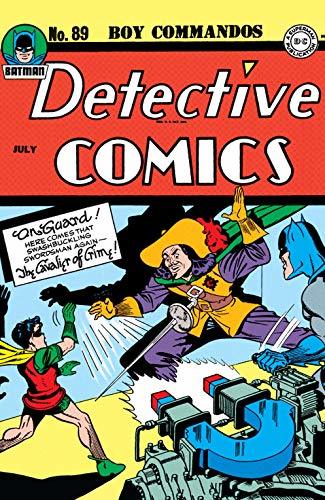
Detective Comics (1937-2011) #89
1944
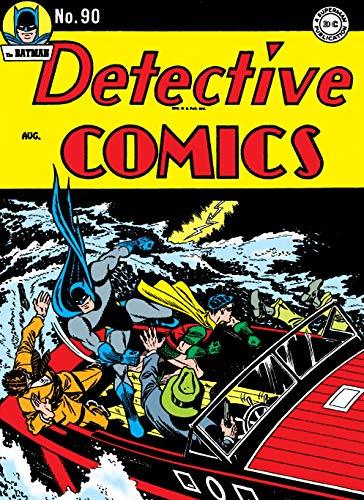
Detective Comics (1937-2011) #90
1944
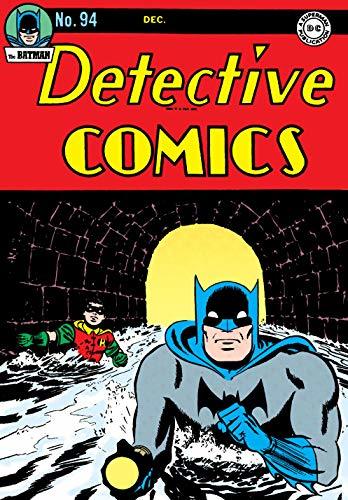
Detective Comics (1937-2011) #94
1944

Detective Comics (1937-2011) #99
1945
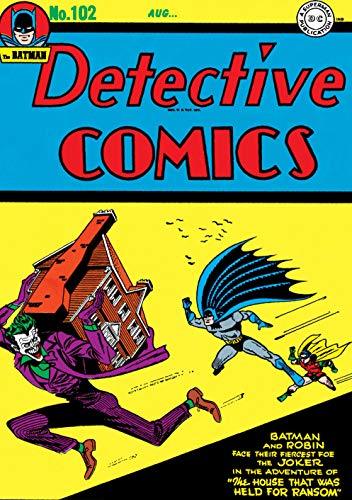
Detective Comics (1937-2011) #102
1945
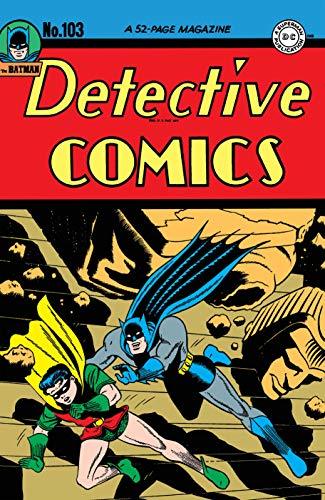
Detective Comics (1937-2011) #103
1945
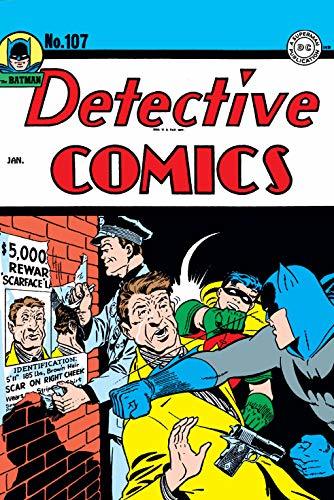
Detective Comics (1937-2011) #107
1946
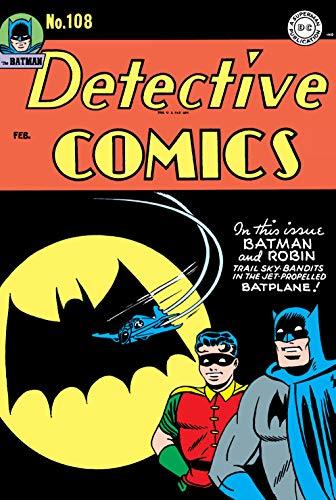
Detective Comics (1937-2011) #108
1946

Detective Comics (1937-2011) #109
1946
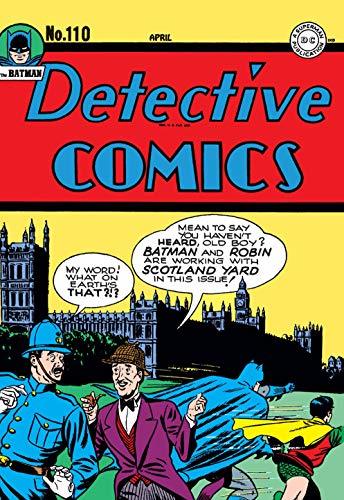
Detective Comics (1937-2011) #110
1946
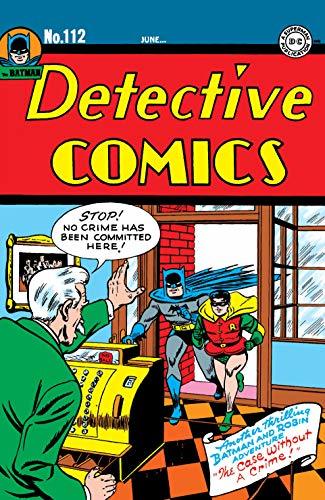
Detective Comics (1937-2011) #112
1946
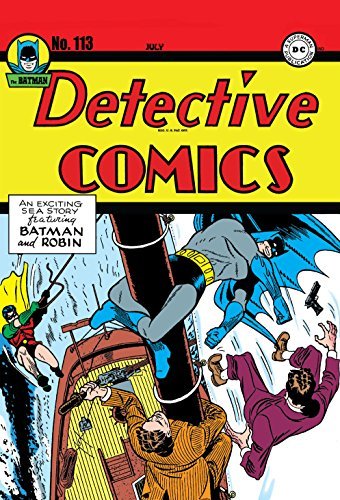
Detective Comics (1937-2011) #113
1946
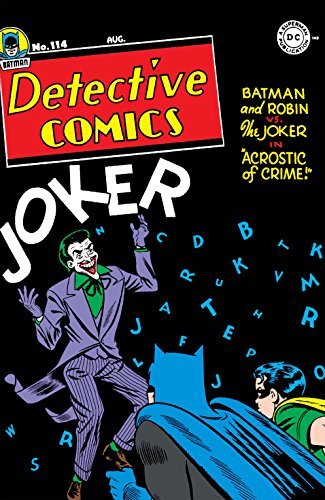
Detective Comics (1937-2011) #114
1946
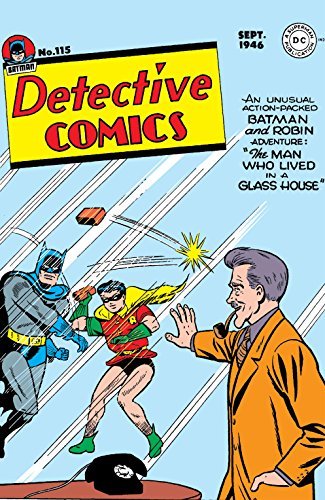
Detective Comics (1937-2011) #115
1946
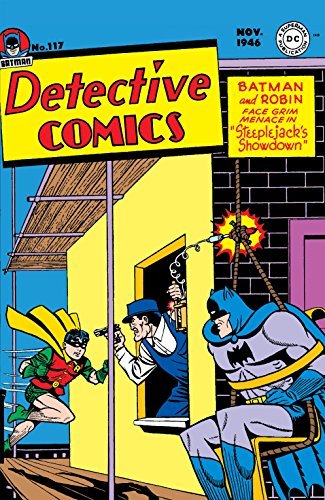
Detective Comics (1937-2011) #117
1946

Detective Comics (1937-2011) #119
1947
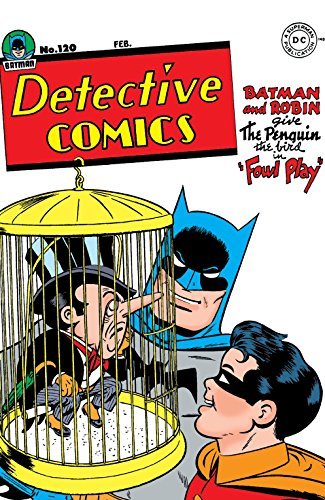
Detective Comics (1937-2011) #120
1947
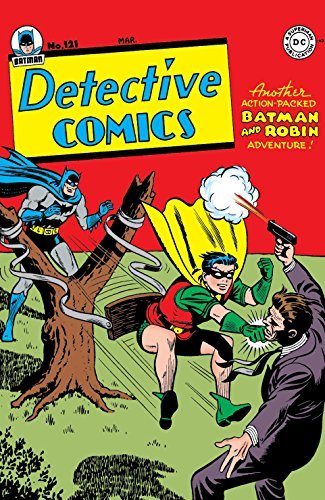
Detective Comics (1937-2011) #121
1947
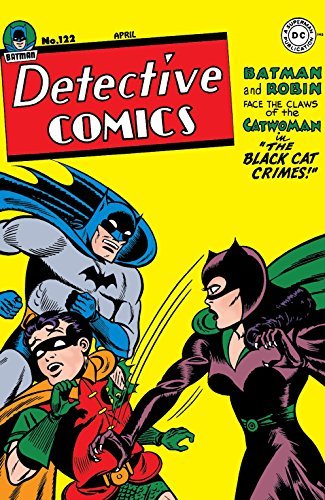
Detective Comics (1937-2011) #122
1947
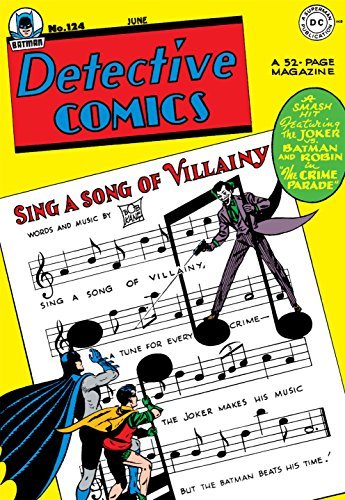
Detective Comics (1937-2011) #124
1947
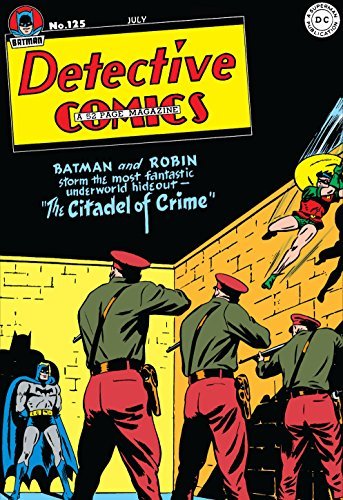
Detective Comics (1937-2011) #125
1947
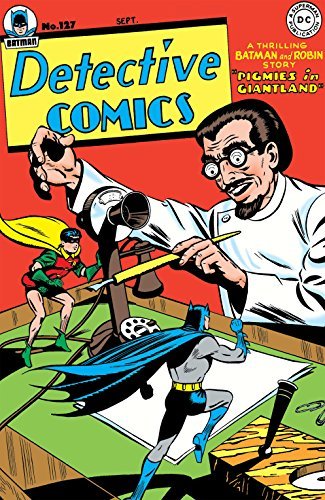
Detective Comics (1937-2011) #127
1947
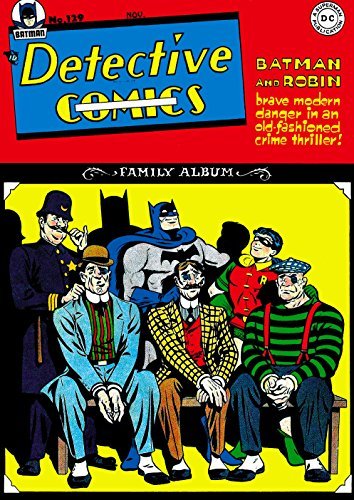
Detective Comics (1937-2011) #129
1947

Detective Comics (1937-2011) #130
1947
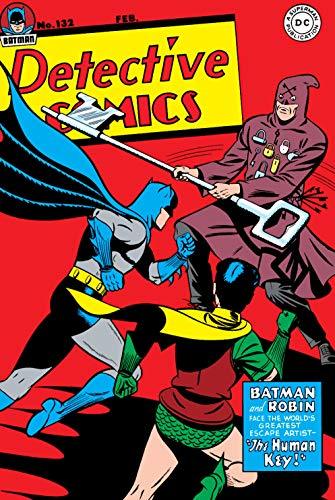
Detective Comics (1937-2011) #132
1948
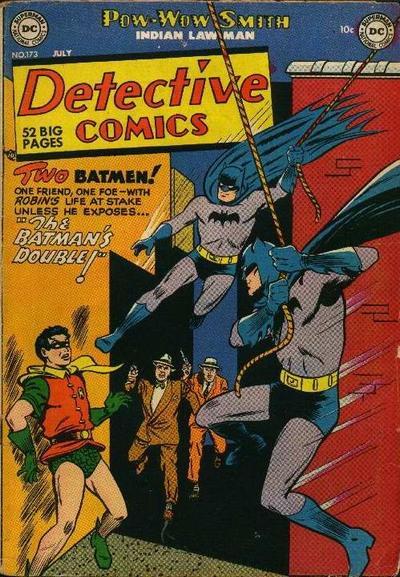
Detective Comics (1937-) #173
1951
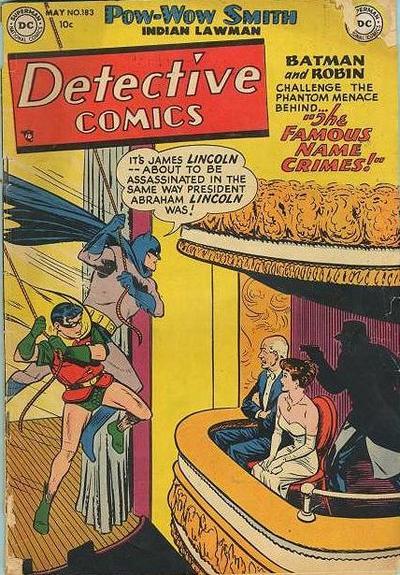
Detective Comics (1937-2011) #183
1952
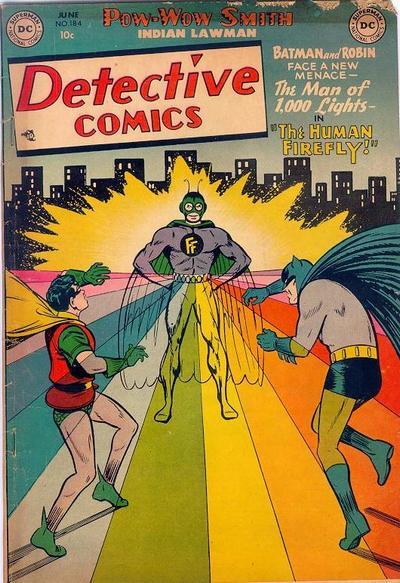
Detective Comics (1937-) #184
1952
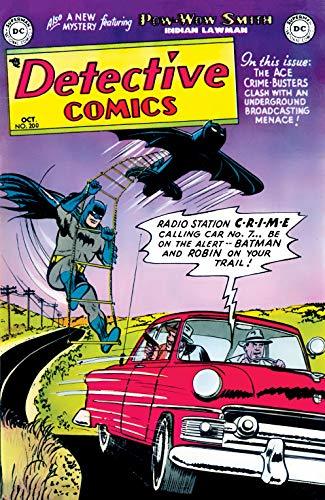
Detective Comics (1937-2011) #200
1953

Detective Comics (1937-) #205
1954
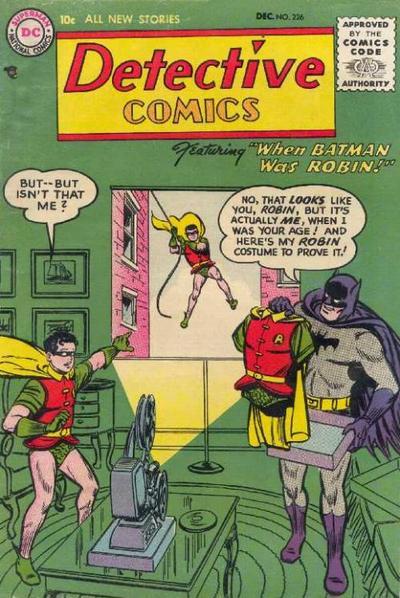
Detective Comics (1937-2011) #226
1955
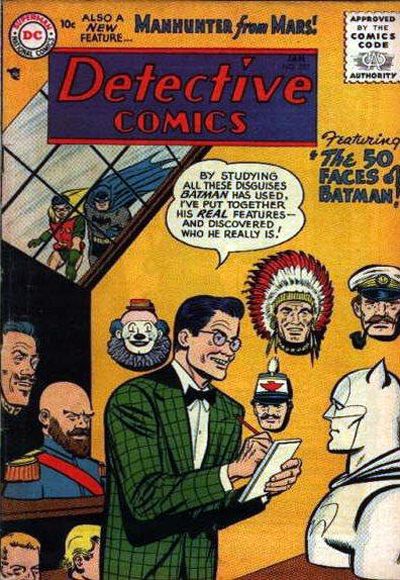
Detective Comics 1937 #227
"The 50 Faces of Batman"
2025
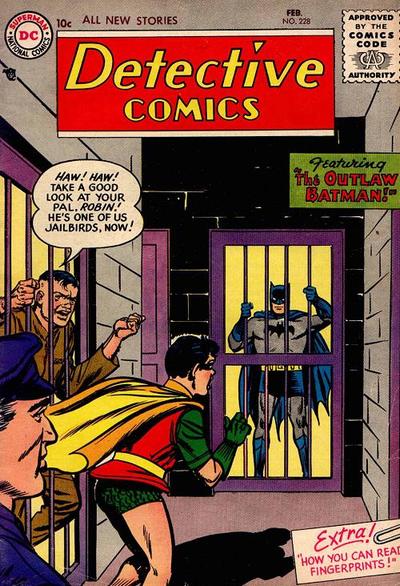
Detective Comics #228 "The Outlaw Batman"
2025
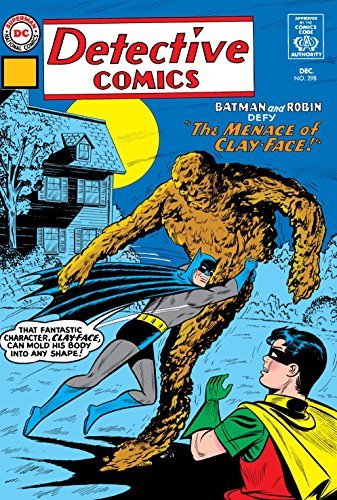
Detective Comics (1937-2011) #298
1961
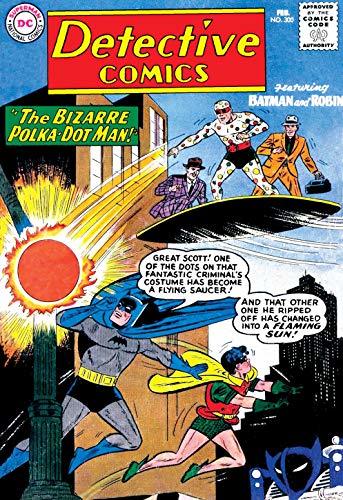
Detective Comics (1937-2011) #300
1962
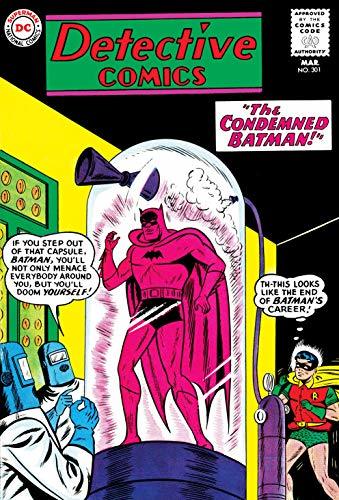
Detective Comics (1937-2011) #301
1962
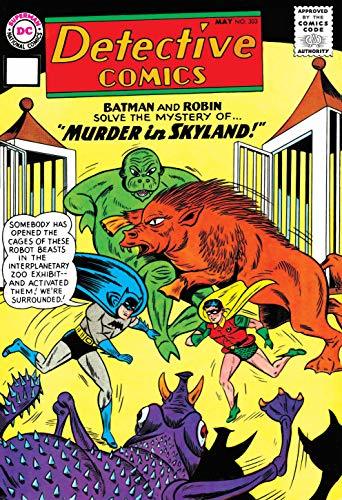
Detective Comics (1937-2011) #303
1962
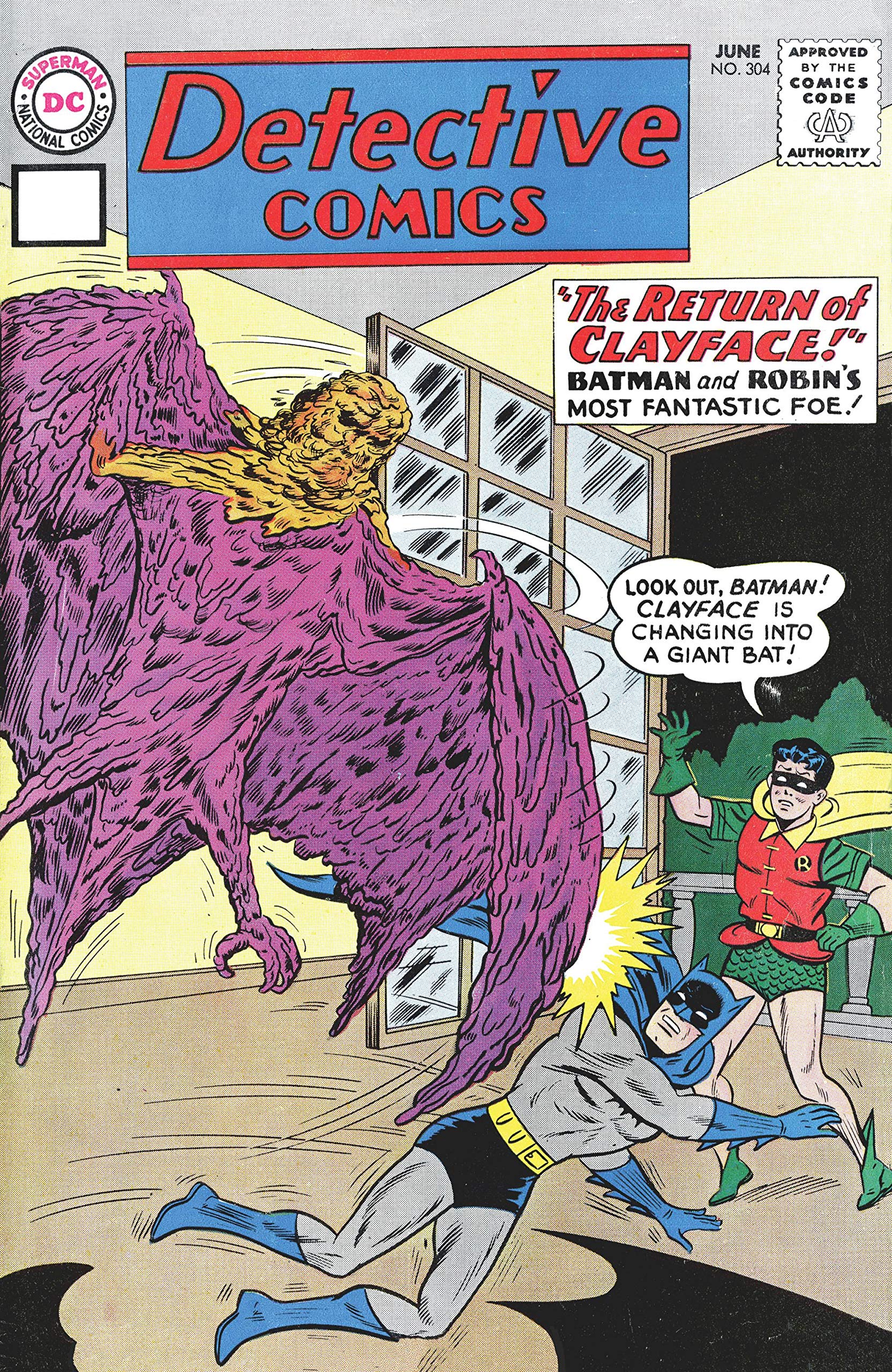
Detective Comics (1937-2011) #304
1961
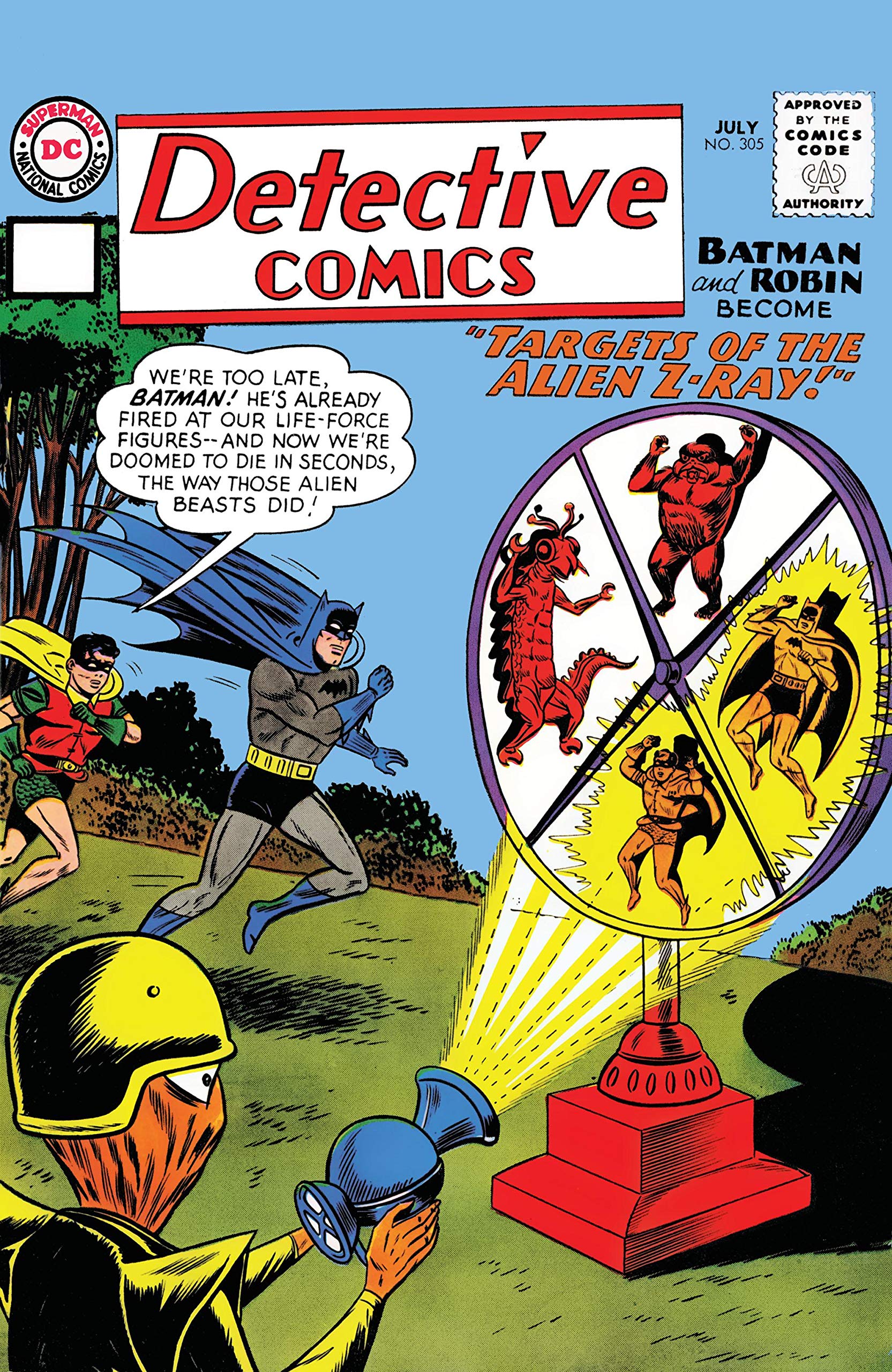
Detective Comics (1937-2011) #305
1962
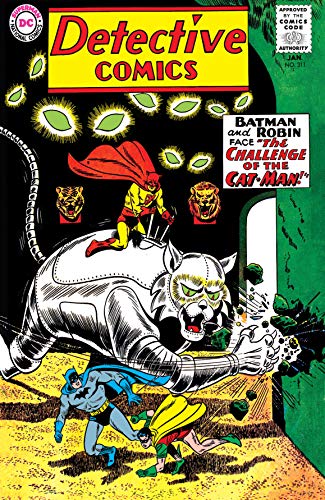
Detective Comics (1937-2011) #311
1963
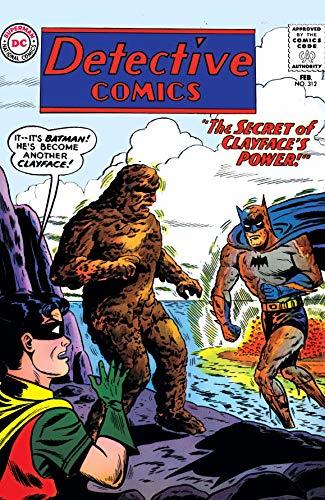
Detective Comics (1937-2011) #312
1963
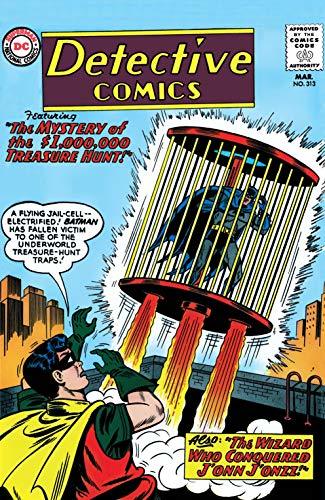
Detective Comics (1937-2011) #313
1963
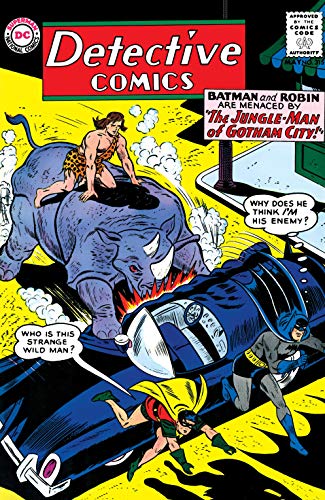
Detective Comics (1937-2011) #315
1962
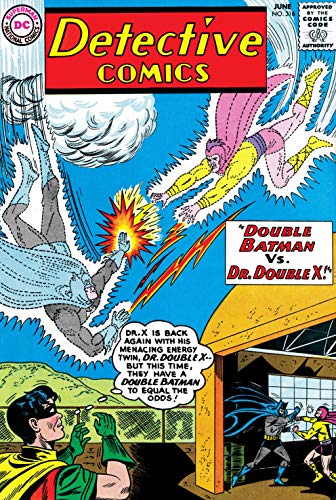
Detective Comics (1937-2011) #316
1963
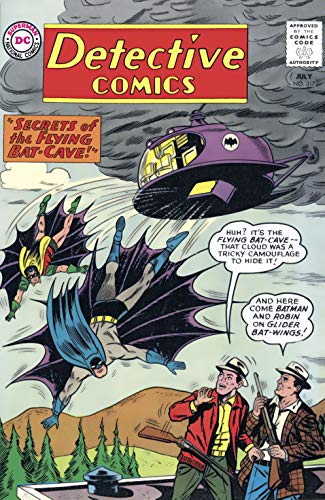
Detective Comics (1937-2011) #317
1962
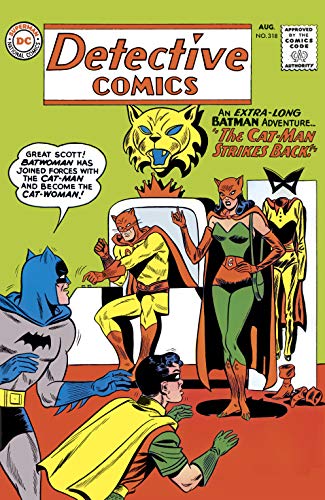
Detective Comics (1937-2011) #318
1963
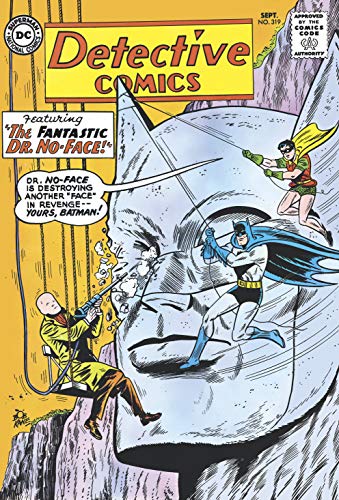
Detective Comics (1937-2011) #319
1963
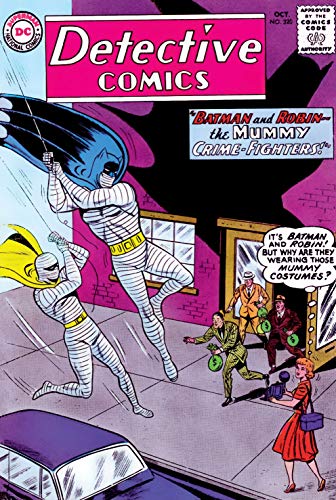
Detective Comics (1937-2011) #320
1963
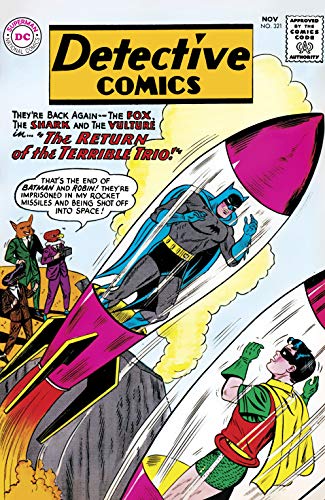
Detective Comics (1937-2011) #321
1963
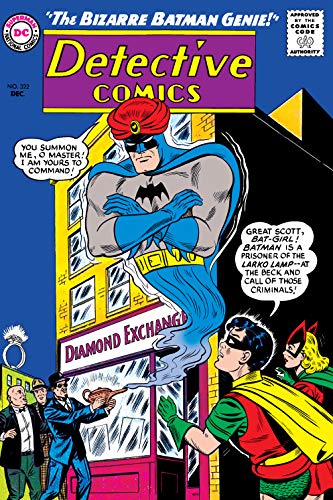
Detective Comics (1937-2011) #322
1963
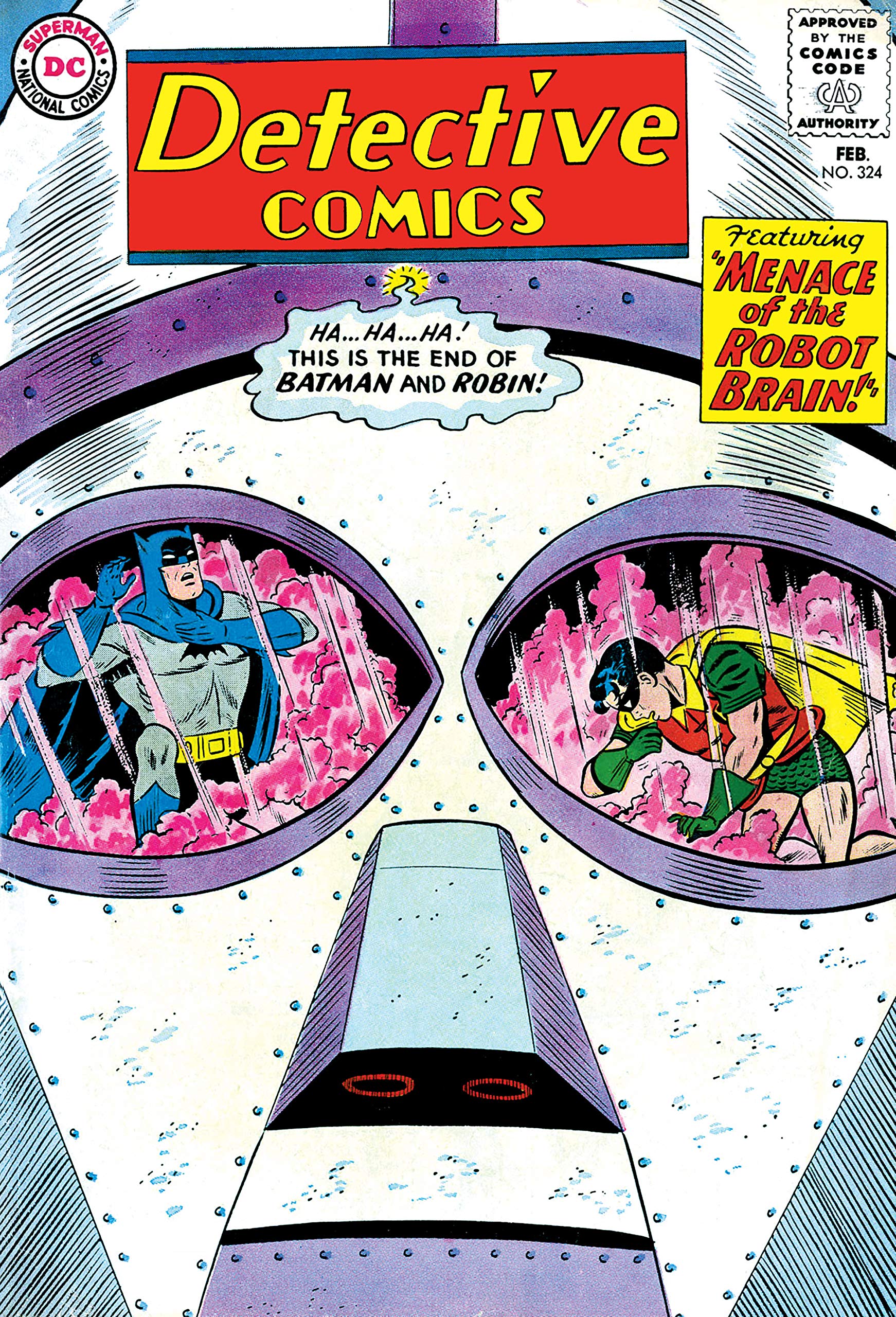
Detective Comics (1937-2011) #324
1964
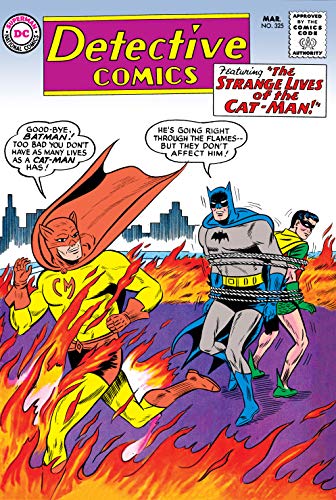
Detective Comics (1937-2011) #325
1964
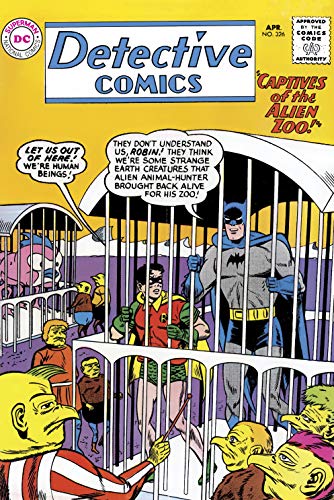
Detective Comics (1937-2011) #326
1964
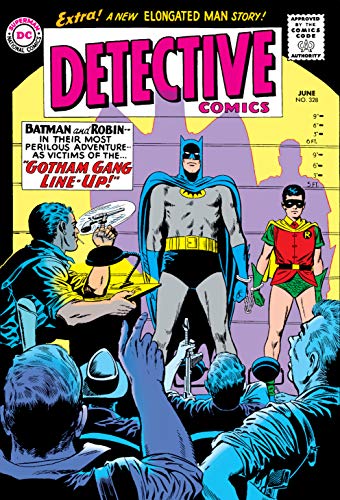
Detective Comics (1937-2011) #328
1964
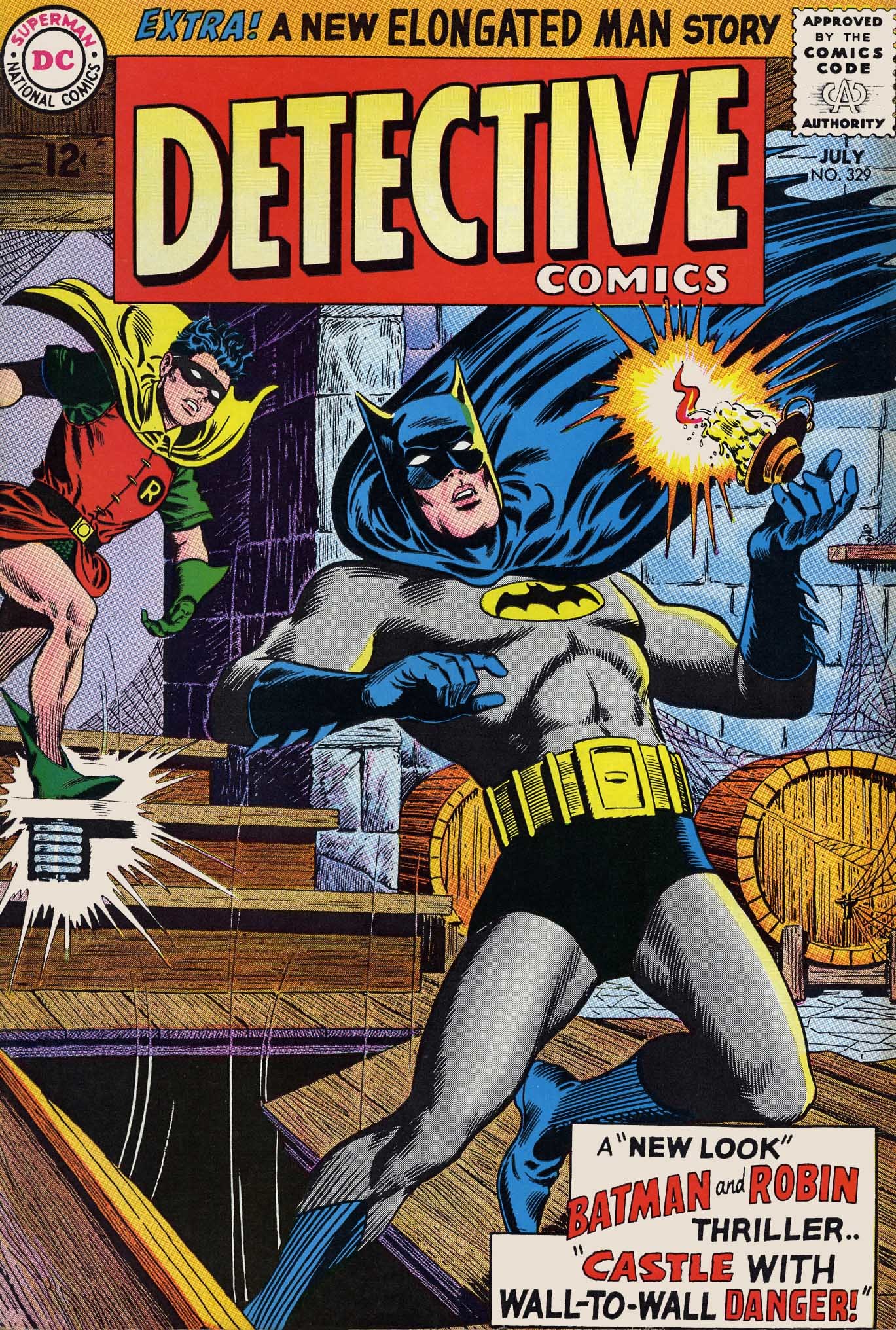
Detective Comics (1937-) #329
1964
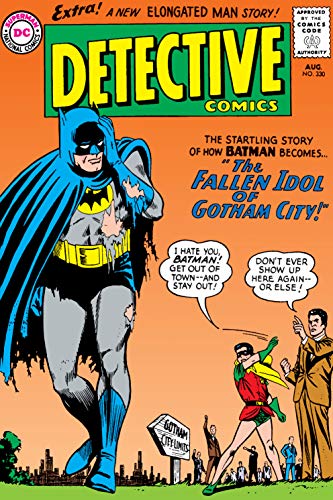
Detective Comics (1937-2011) #330
1964
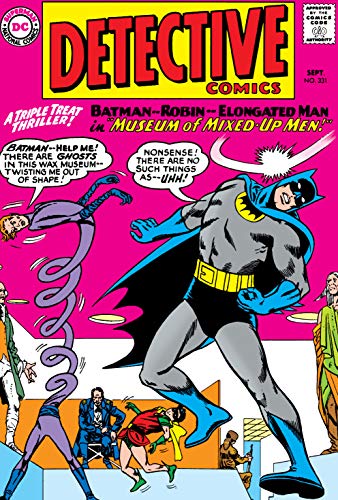
Detective Comics (1937-2011) #331
1964
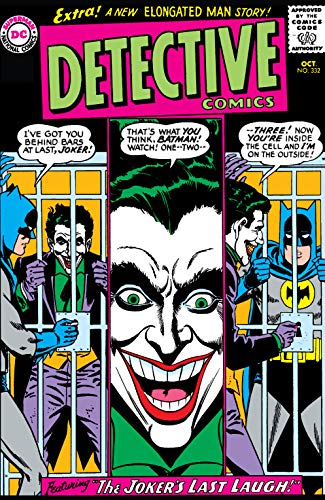
Detective Comics (1937-2011) #332
1964
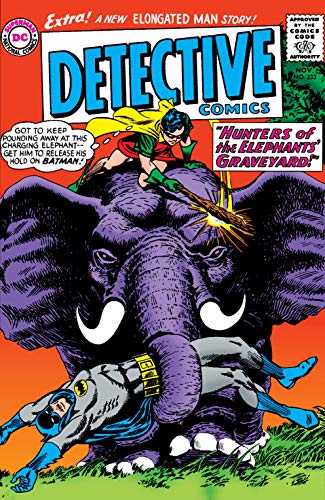
Detective Comics (1937-2011) #333
1964
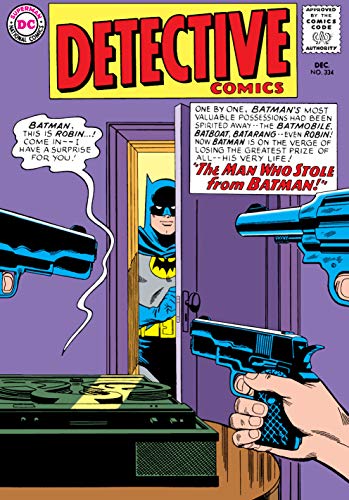
Detective Comics (1937-2011) #334
1964
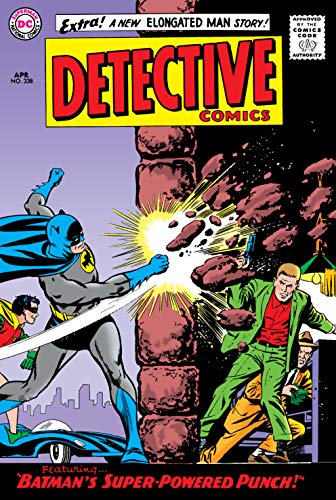
Detective Comics (1937-2011) #338
1965
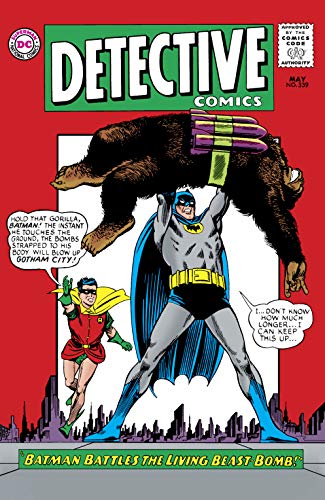
Detective Comics (1937-2011) #339
1965
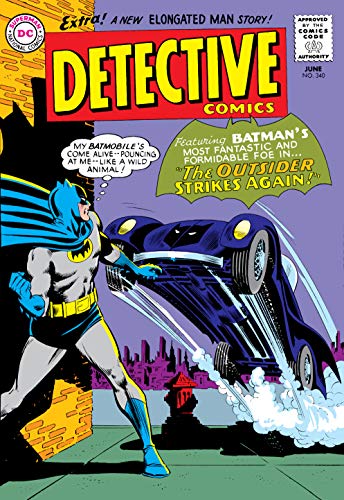
Detective Comics (1937-2011) #340
1965
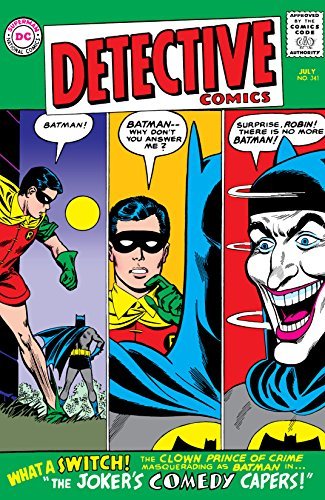
Detective Comics (1937-2011) #341
1965
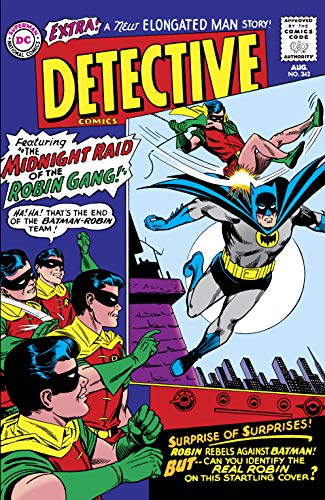
Detective Comics (1937-2011) #342
1965
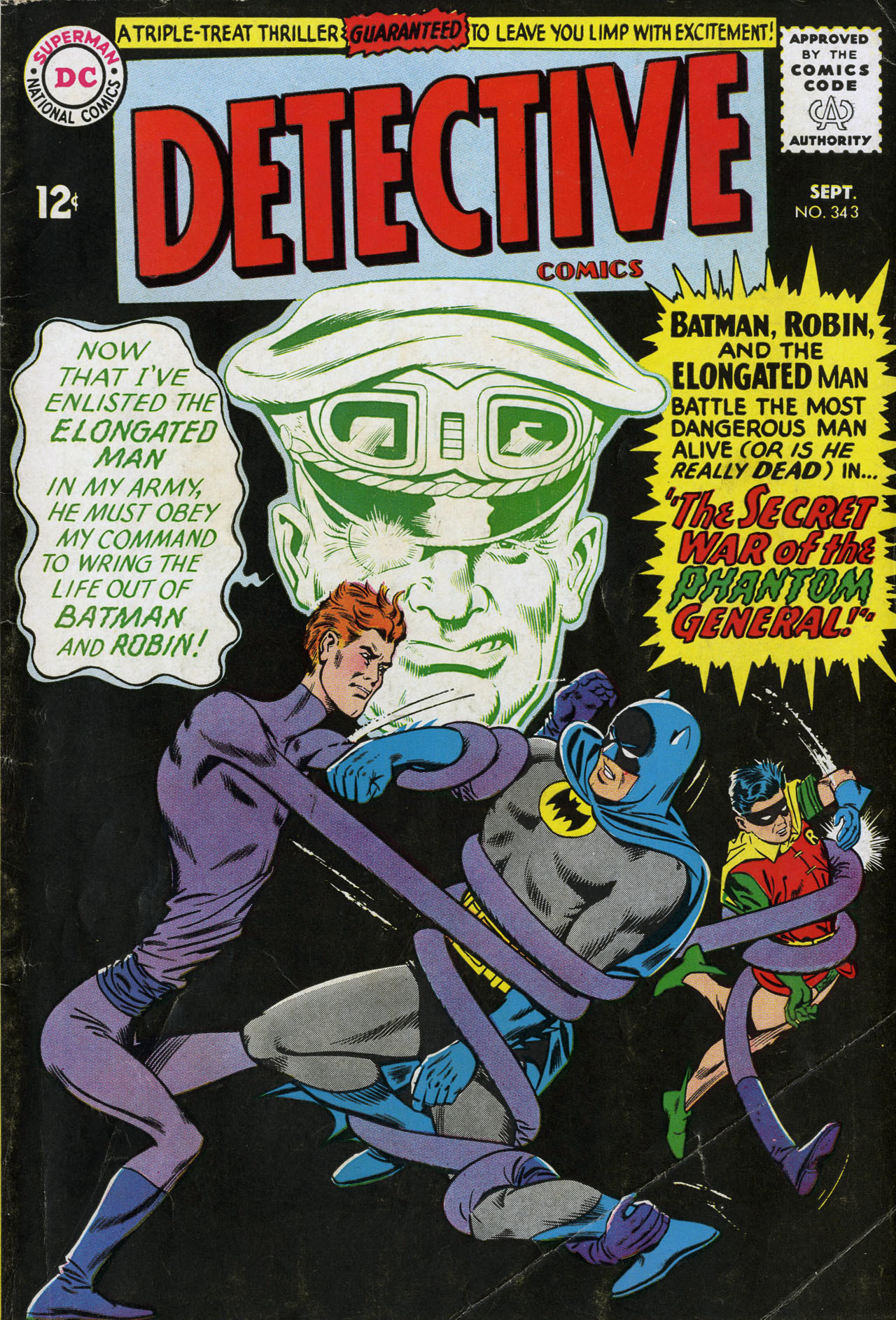
Detective Comics (1937-) #343
1965
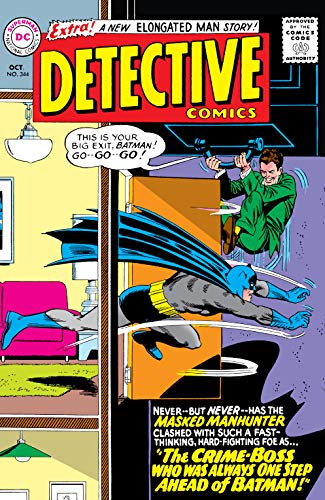
Detective Comics (1937-2011) #344
1965
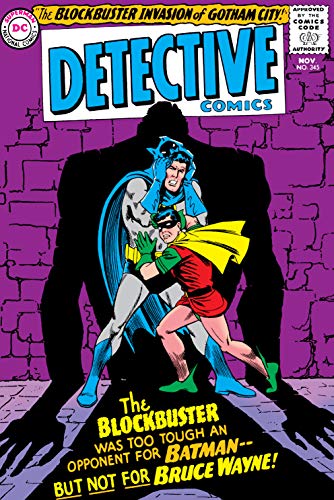
Detective Comics (1937-2011) #345
1965
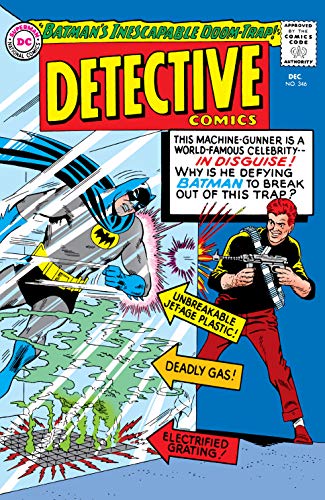
Detective Comics (1937-2011) #346
1965
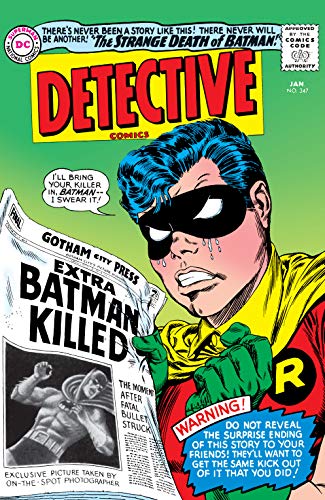
Detective Comics (1937-2011) #347
1966
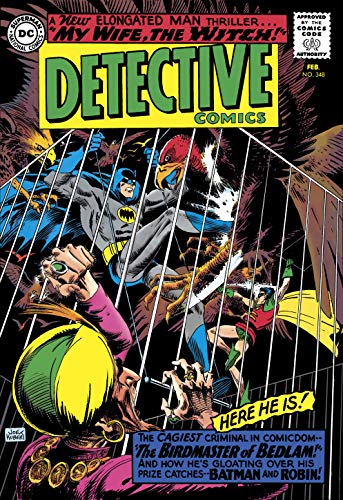
Detective Comics (1937-2011) #348
1966
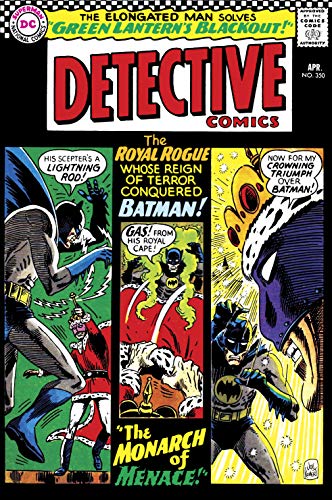
Detective Comics (1937-2011) #350
1966
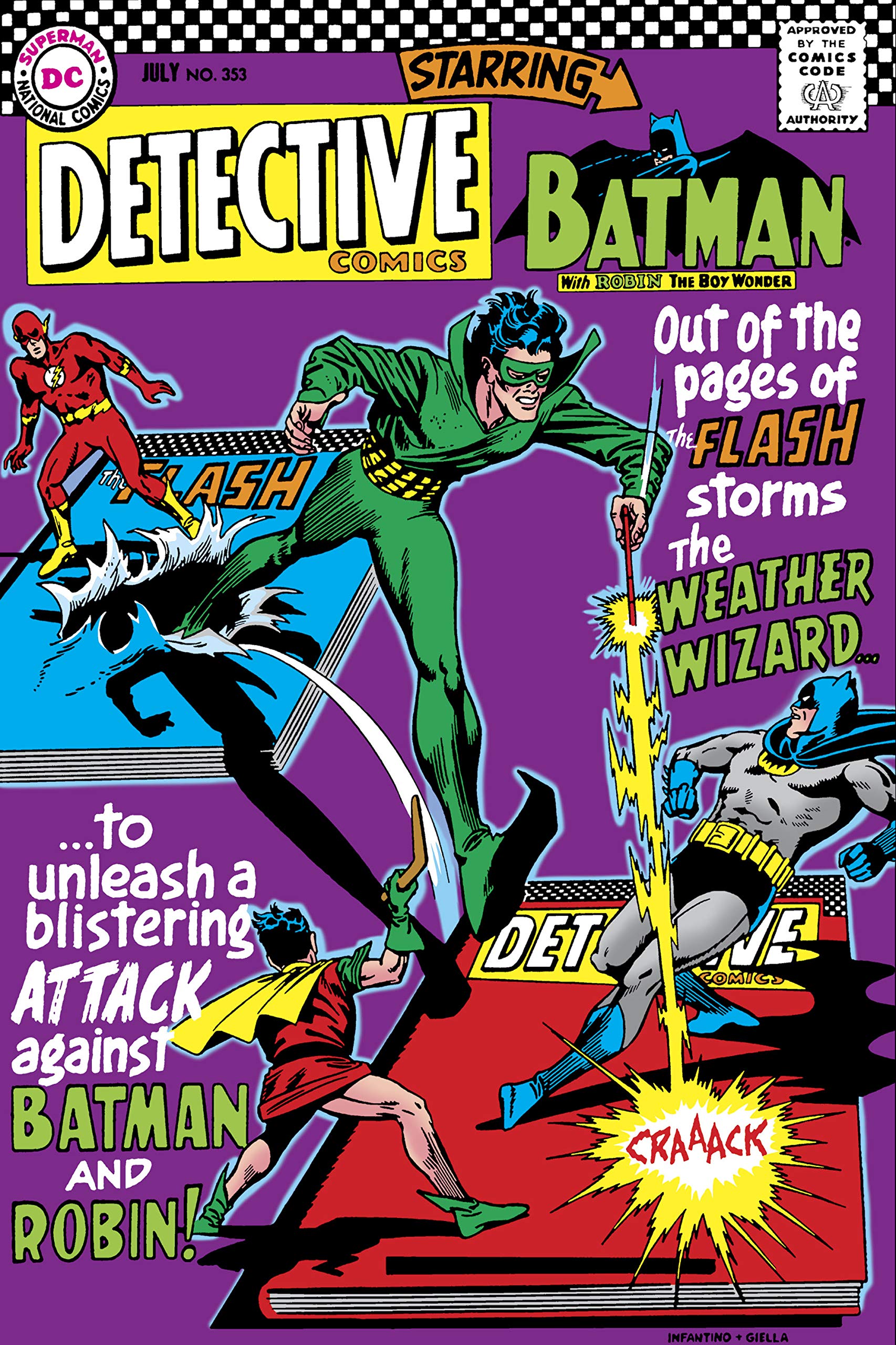
Detective Comics (1937-2011) #353
1966

Detective Comics (1937-2011) #354
1966
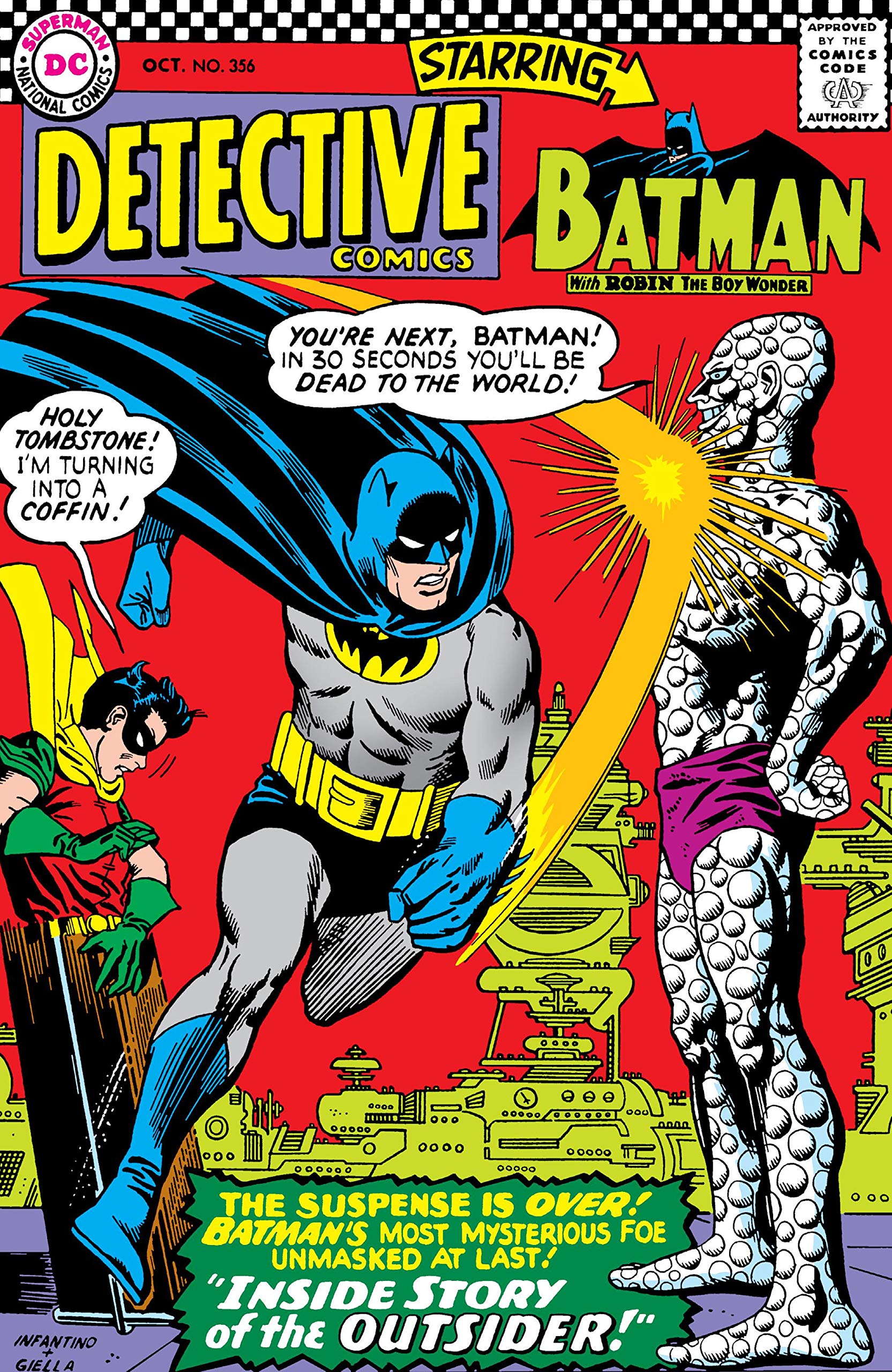
Detective Comics (1937-2011) #356
1966
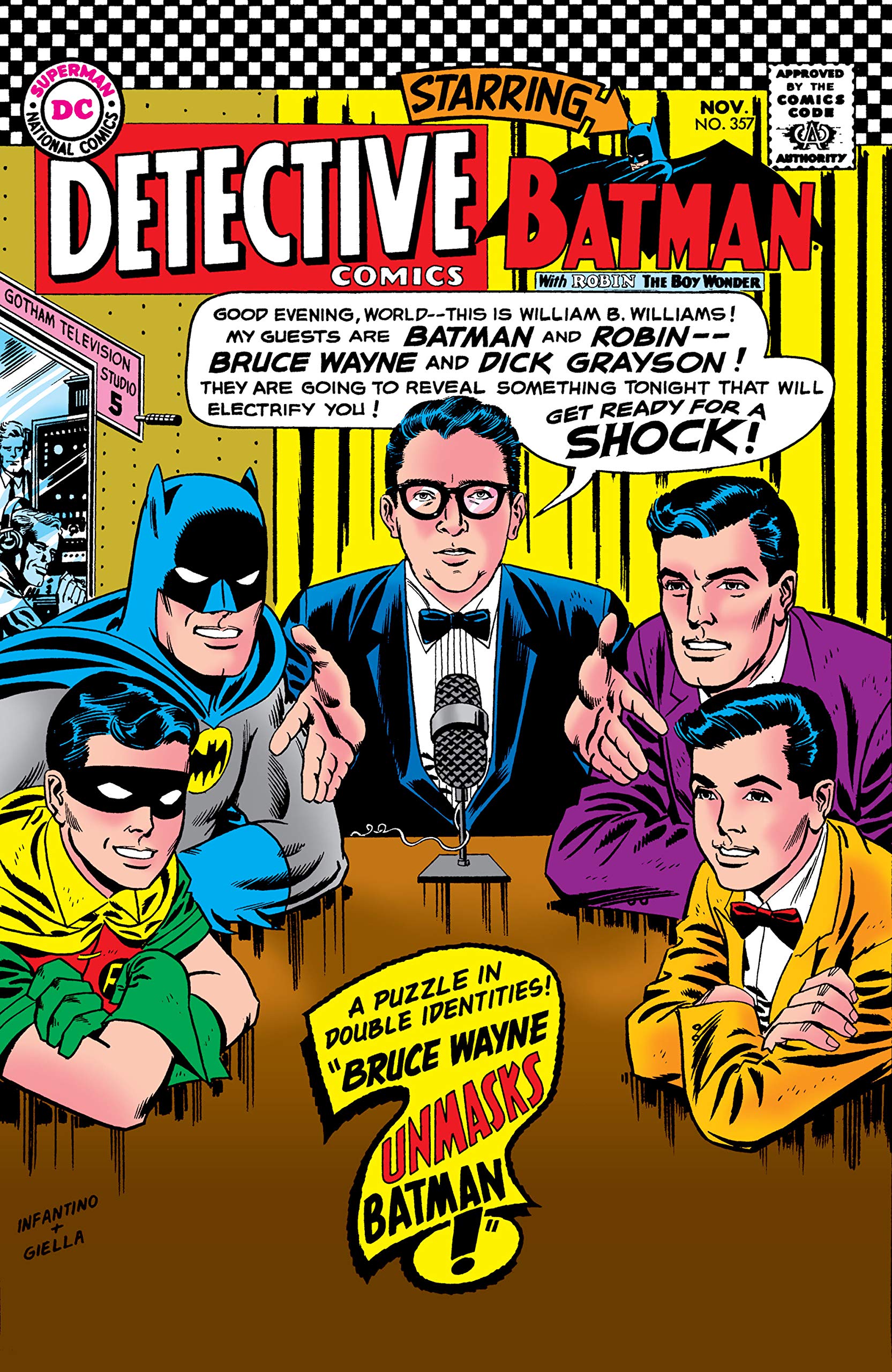
Detective Comics (1937-2011) #357
1966
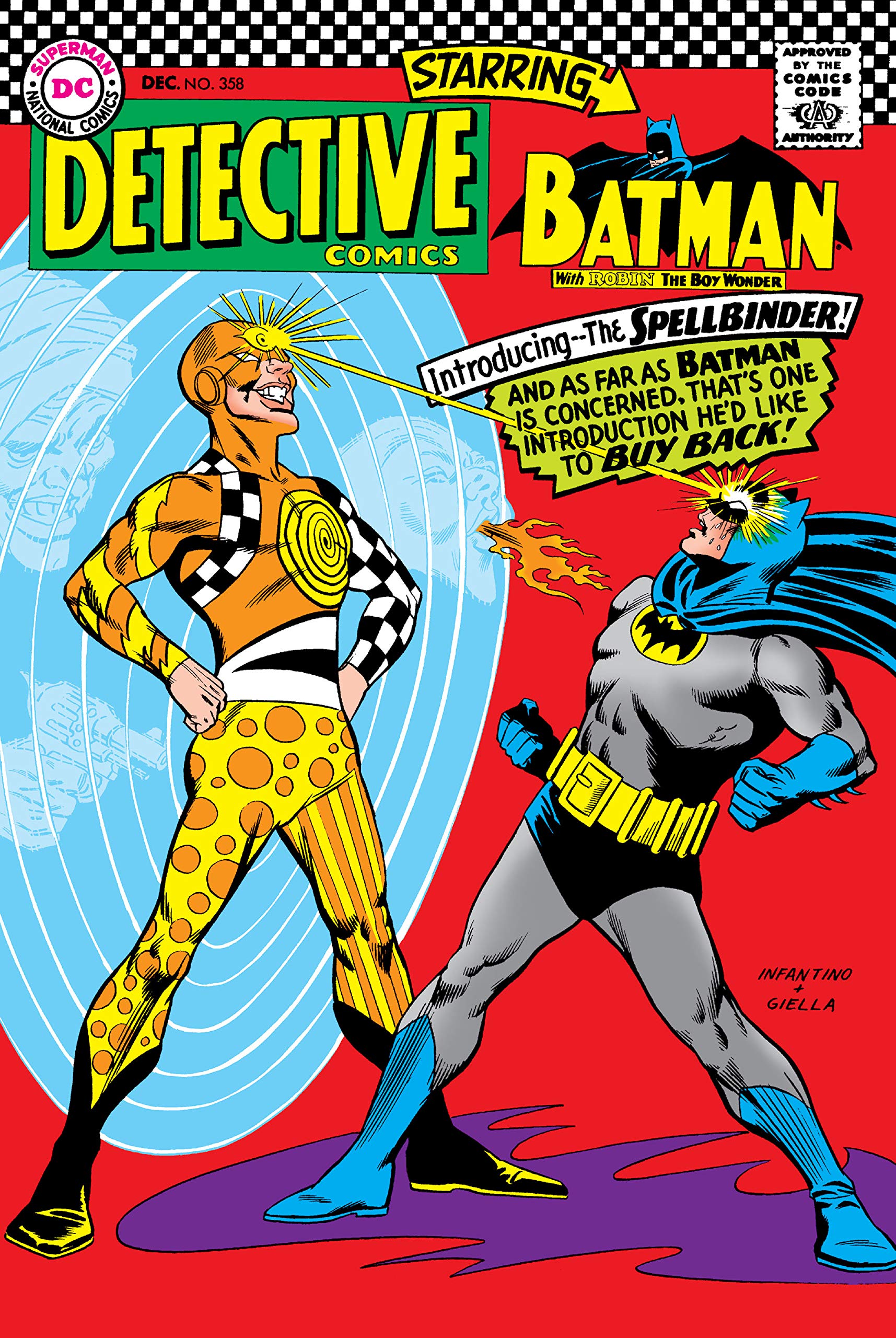
Detective Comics (1937-2011) #358
1966
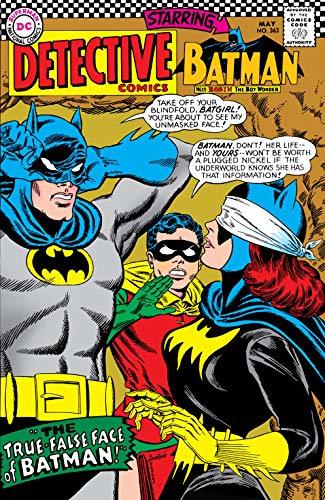
Detective Comics (1937-2011) #363
1967
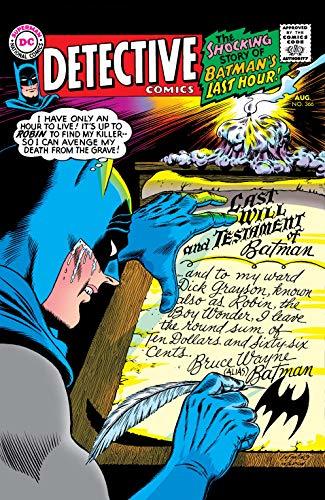
Detective Comics (1937-2011) #366
1967
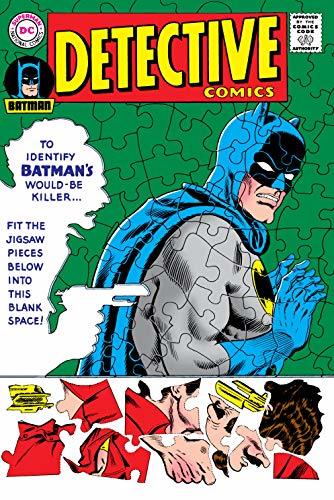
Detective Comics (1937-2011) #367
1967
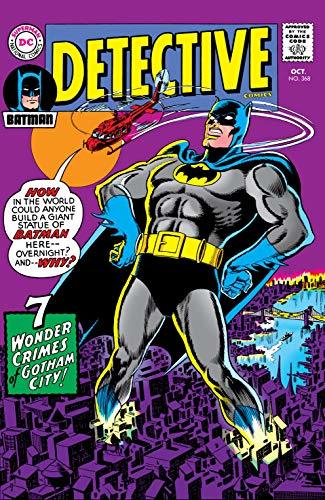
Detective Comics (1937-2011) #368
1967
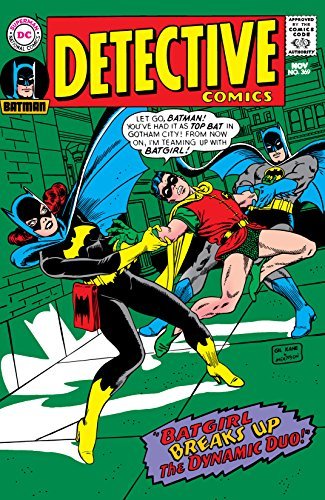
Detective Comics (1937-2011) #369
1967
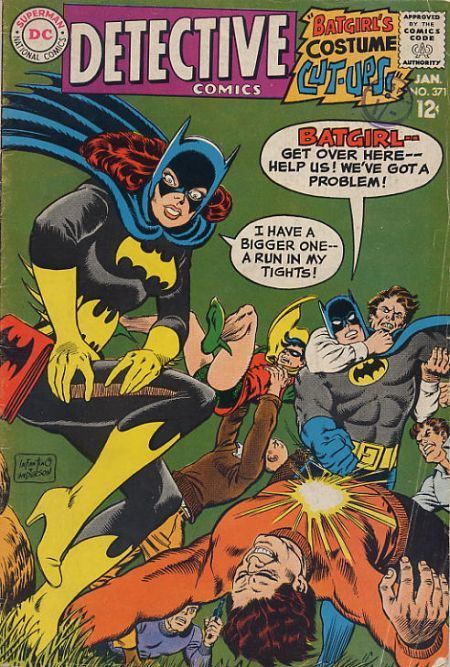
Detective Comics (1937-) #371
1968
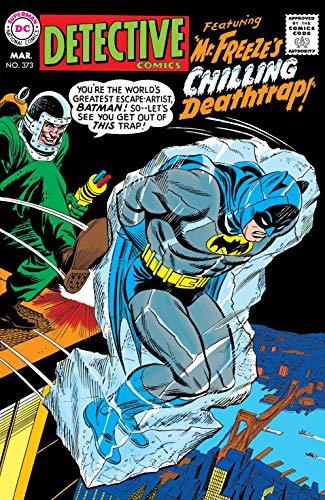
Detective Comics (1937-2011) #373
1968
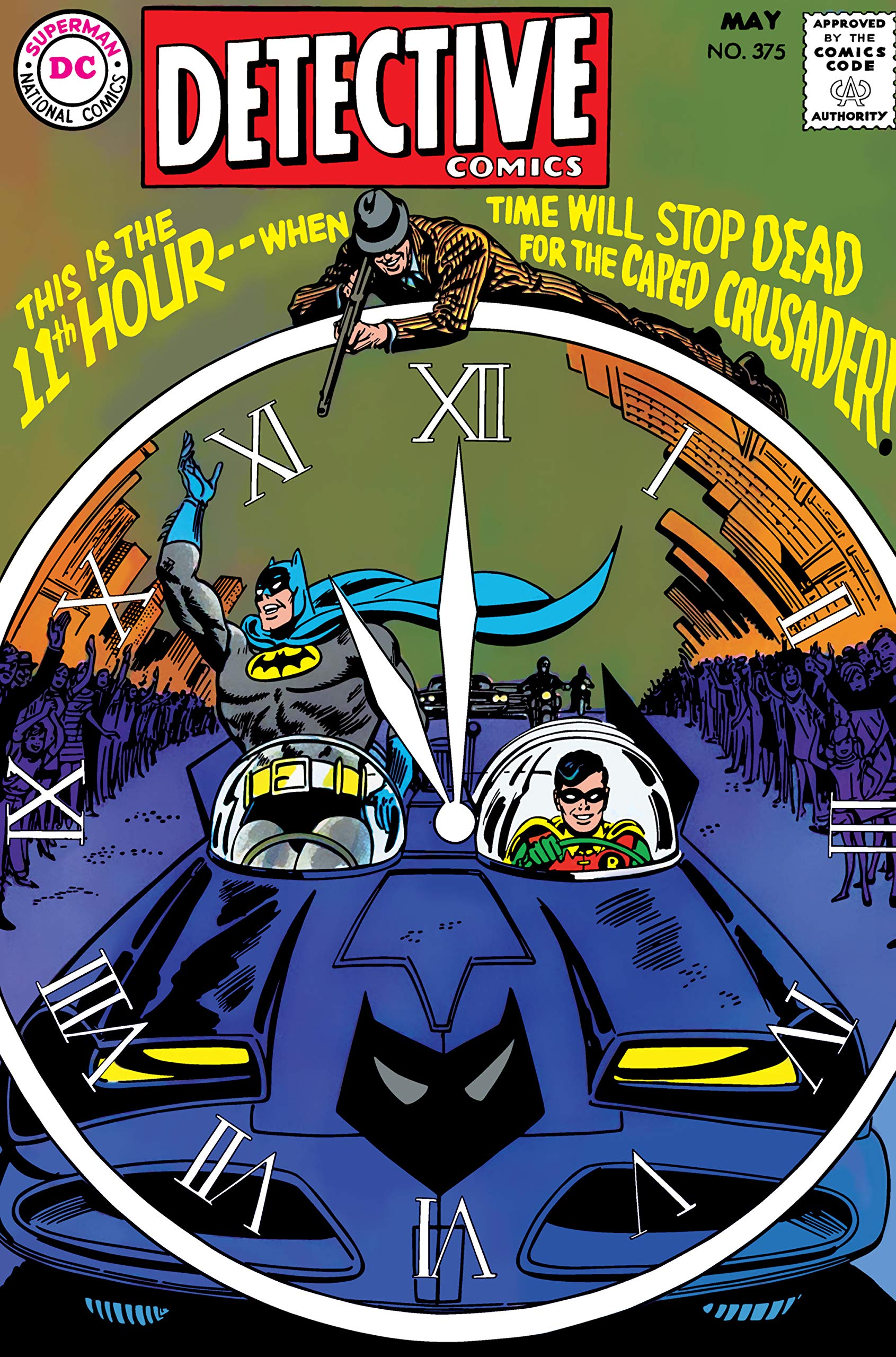
Detective Comics (1937-2011) #375
1968

Detective Comics (1937-2011) #376
1968
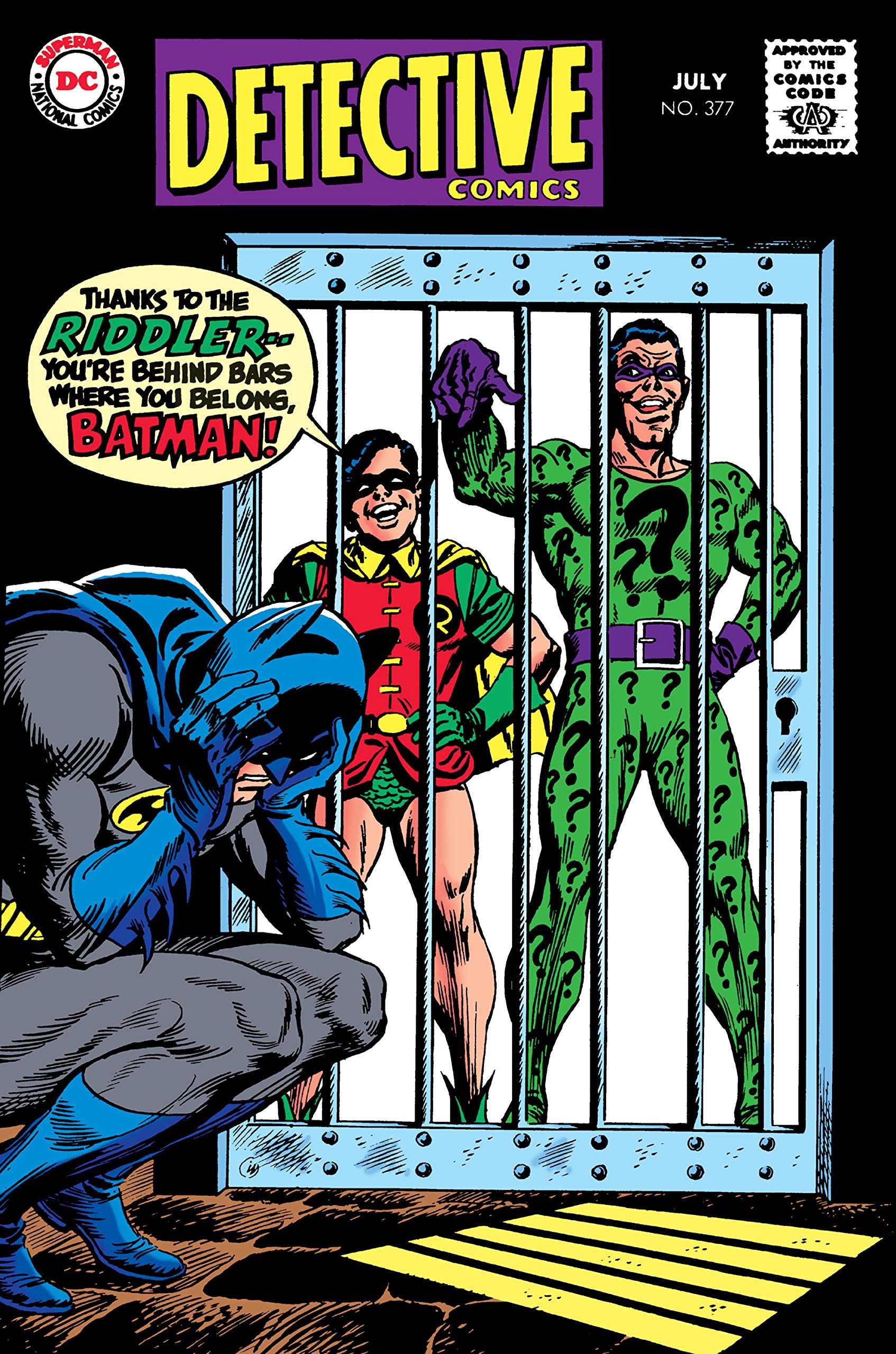
Detective Comics (1937-2011) #377
1968
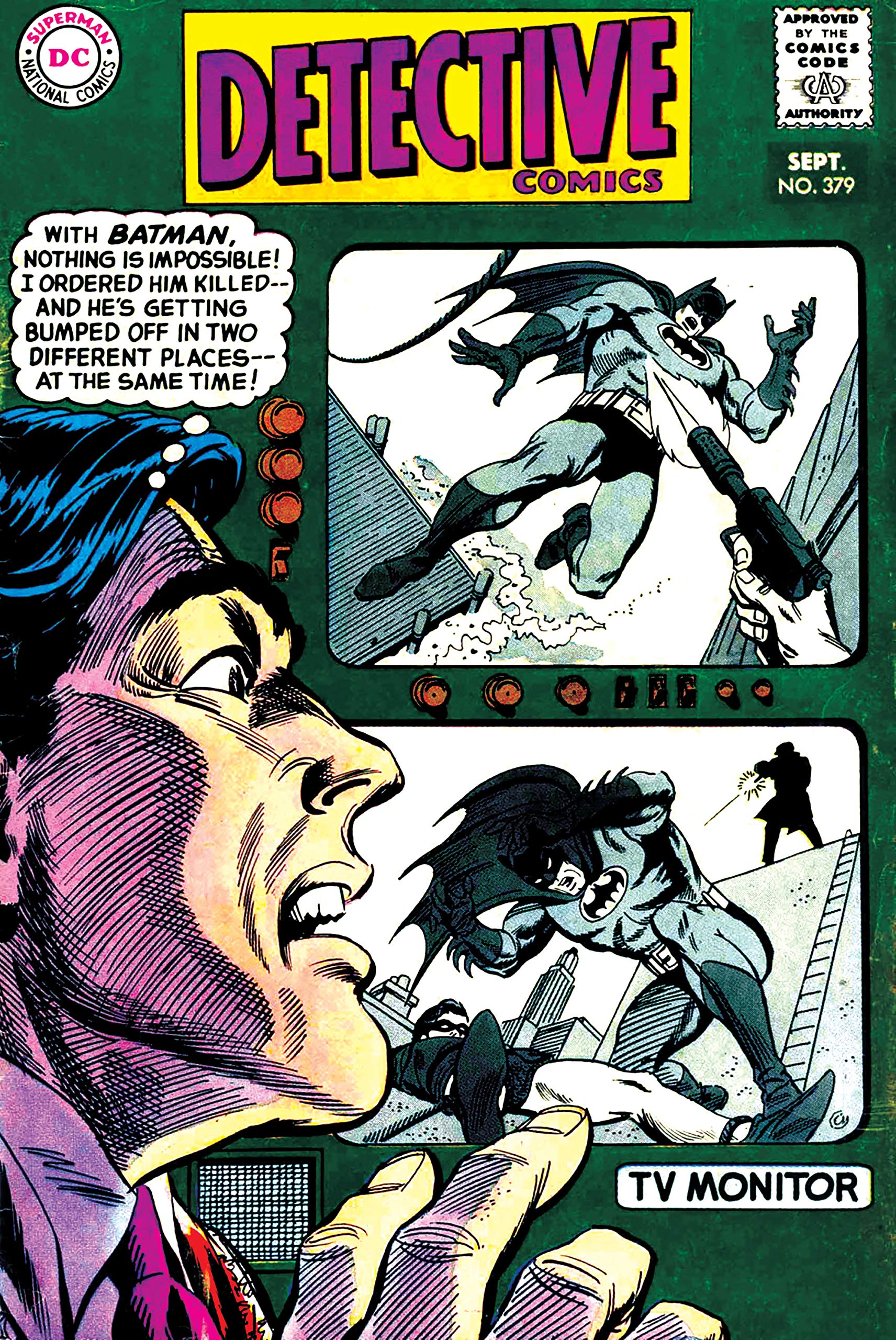
Detective Comics (1937-2011) #379
1968
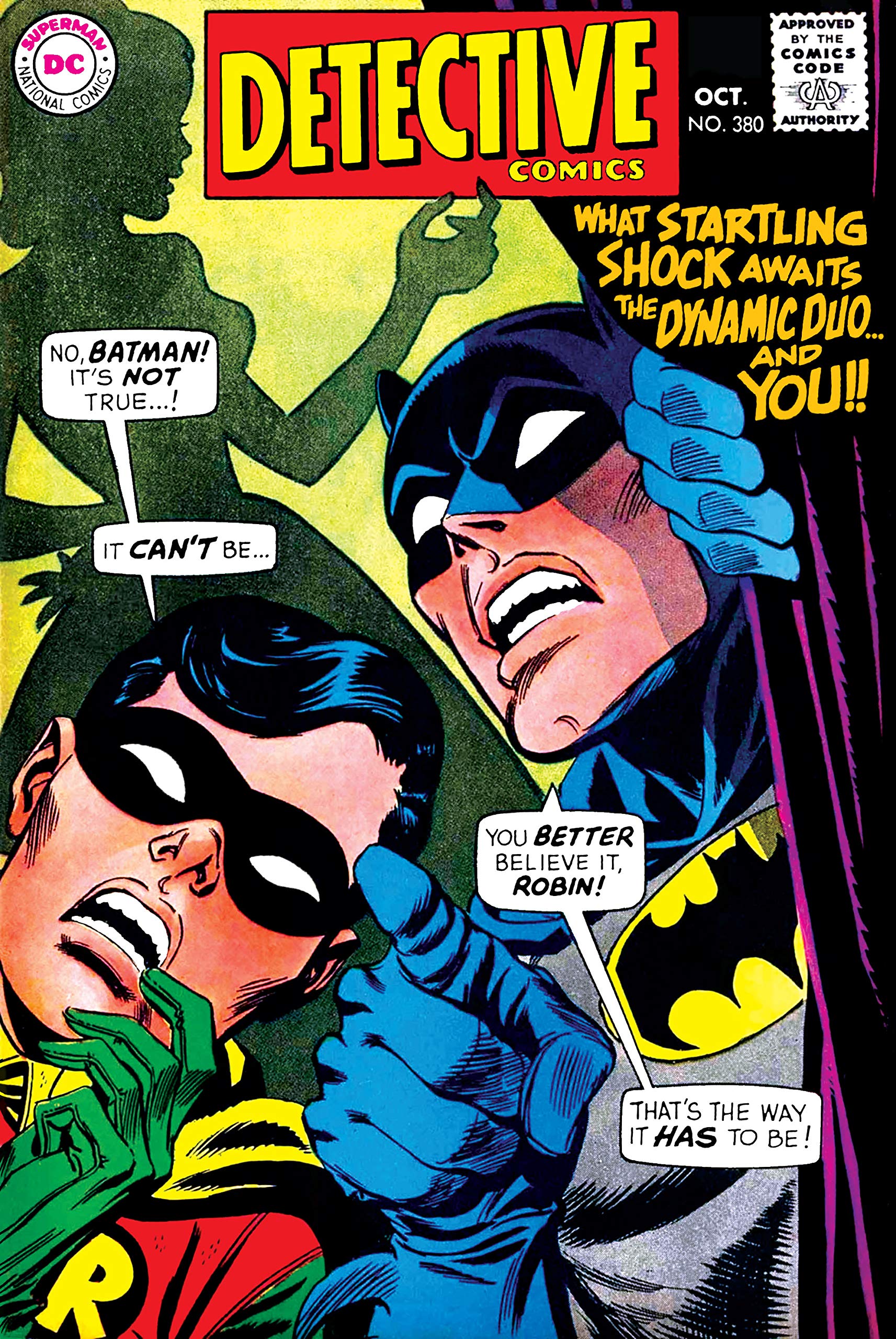
Detective Comics (1937-2011) #380
1968
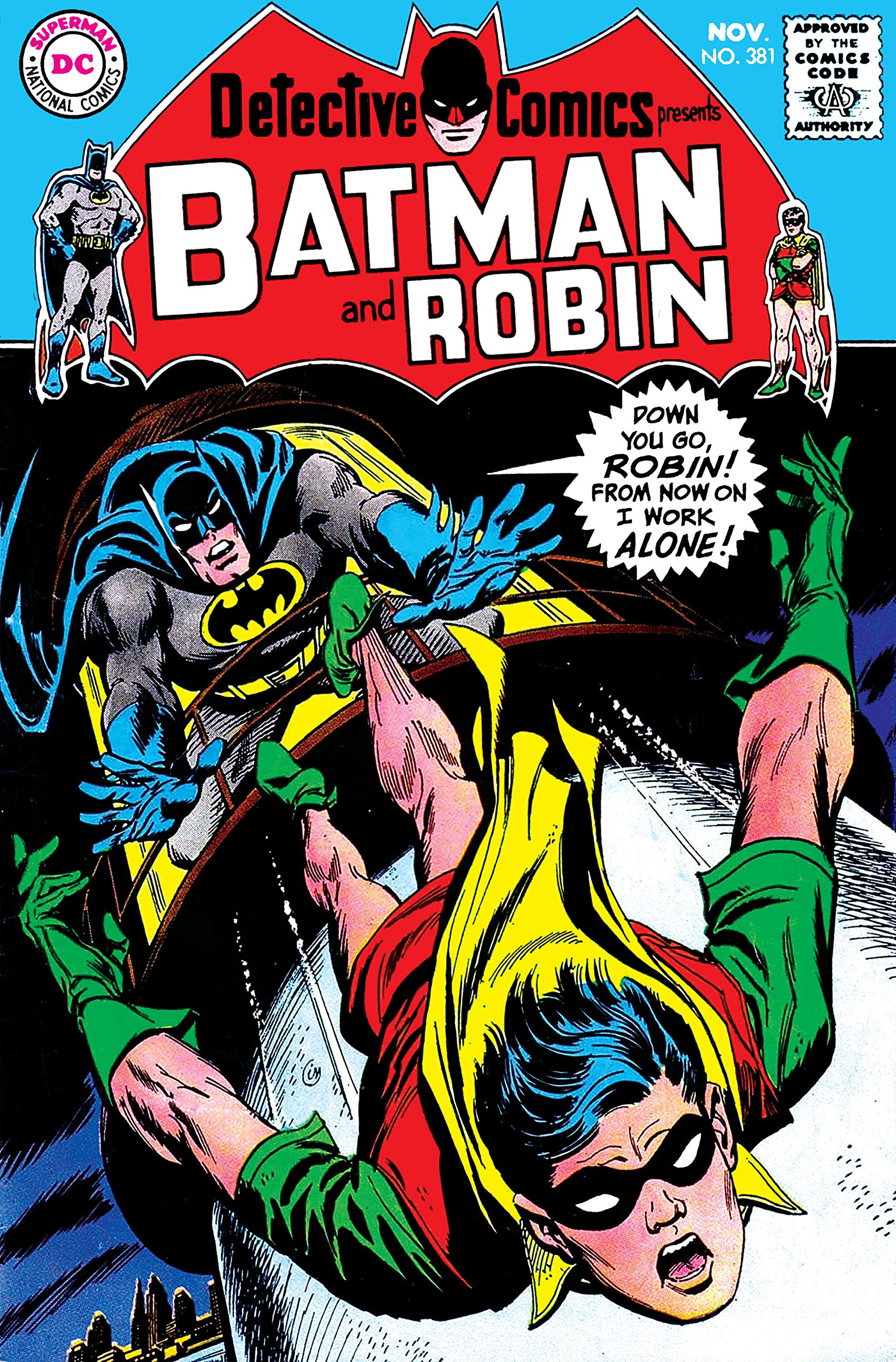
Detective Comics (1937-2011) #381
1968
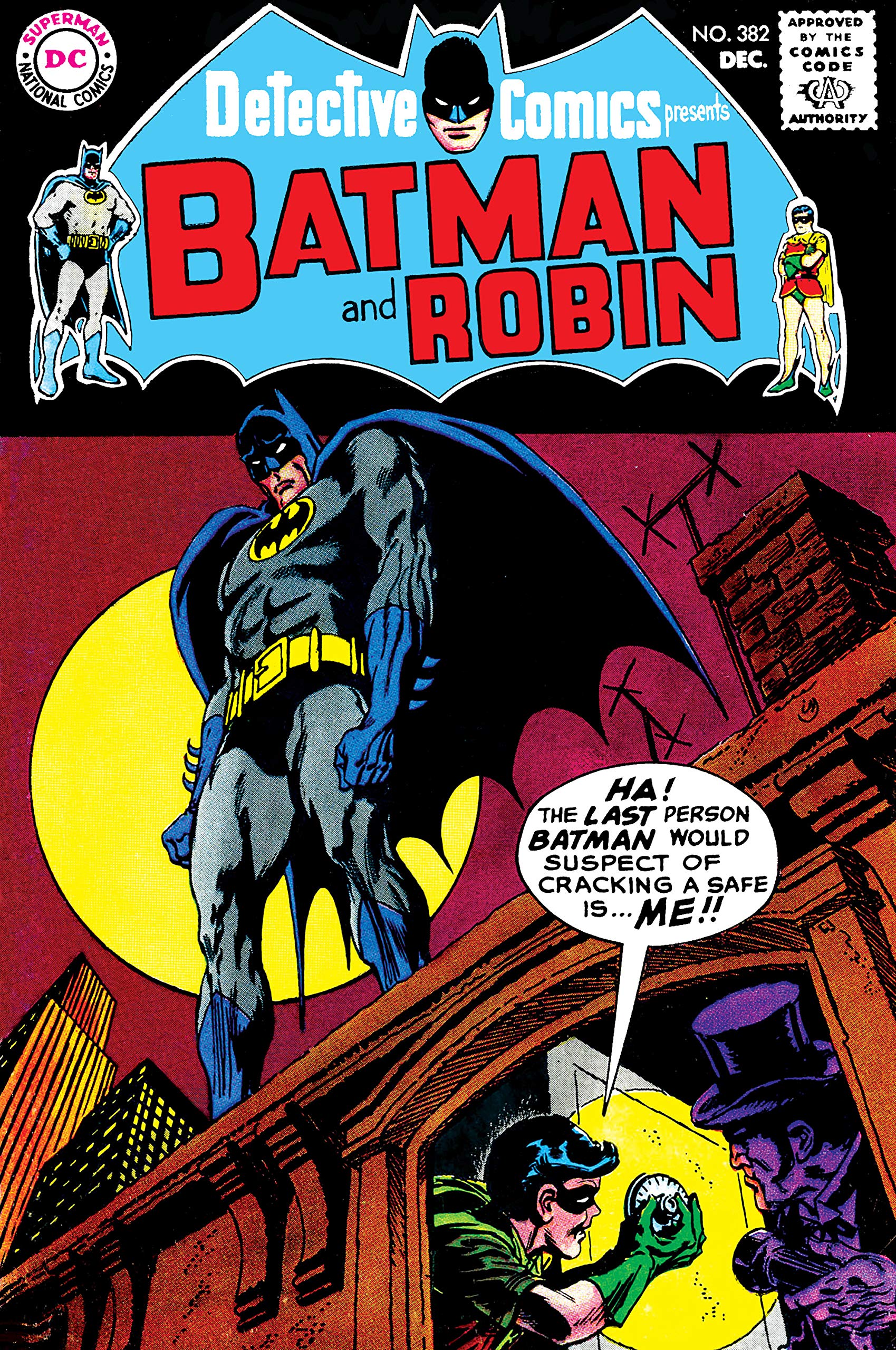
Detective Comics (1937-2011) #382
1968
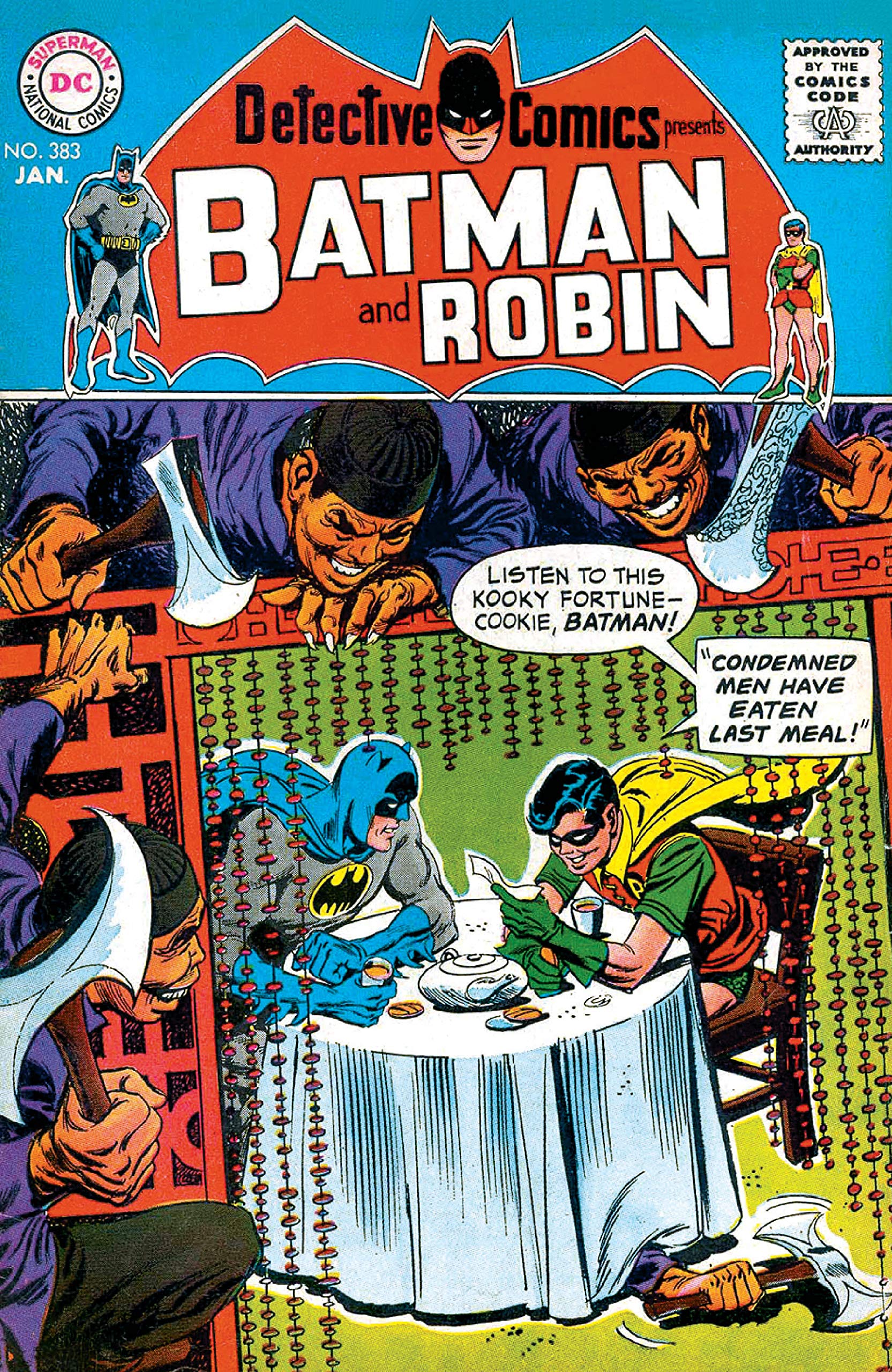
Detective Comics (1937-2011) #383
1969
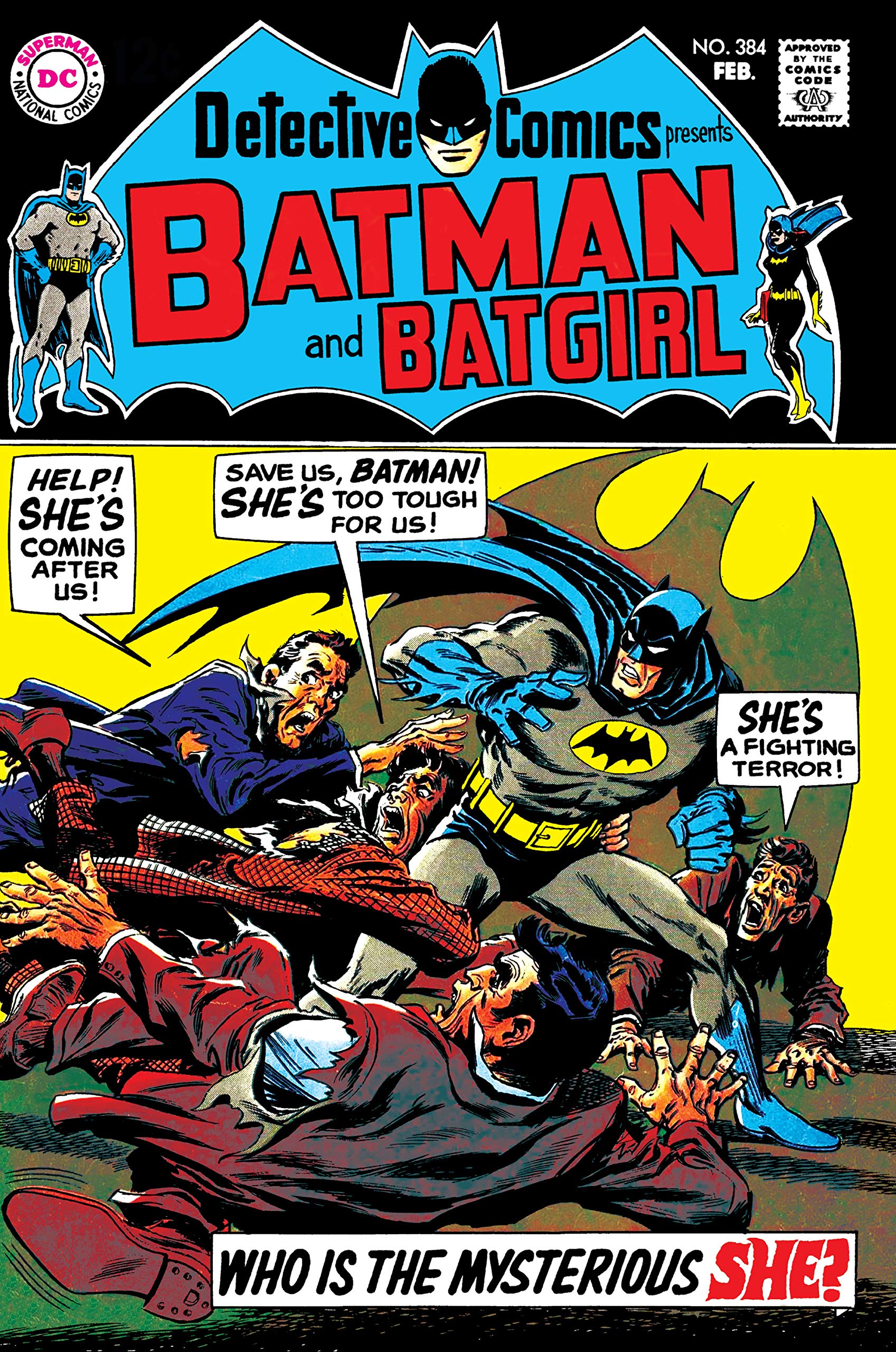
Detective Comics (1937-2011) #384
1969
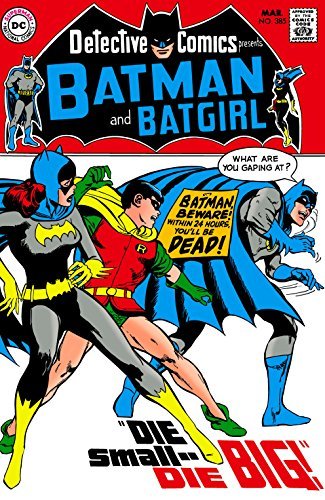
Detective Comics (1937-2011) #385
1969

Detective Comics (1937-2011) #386
1969
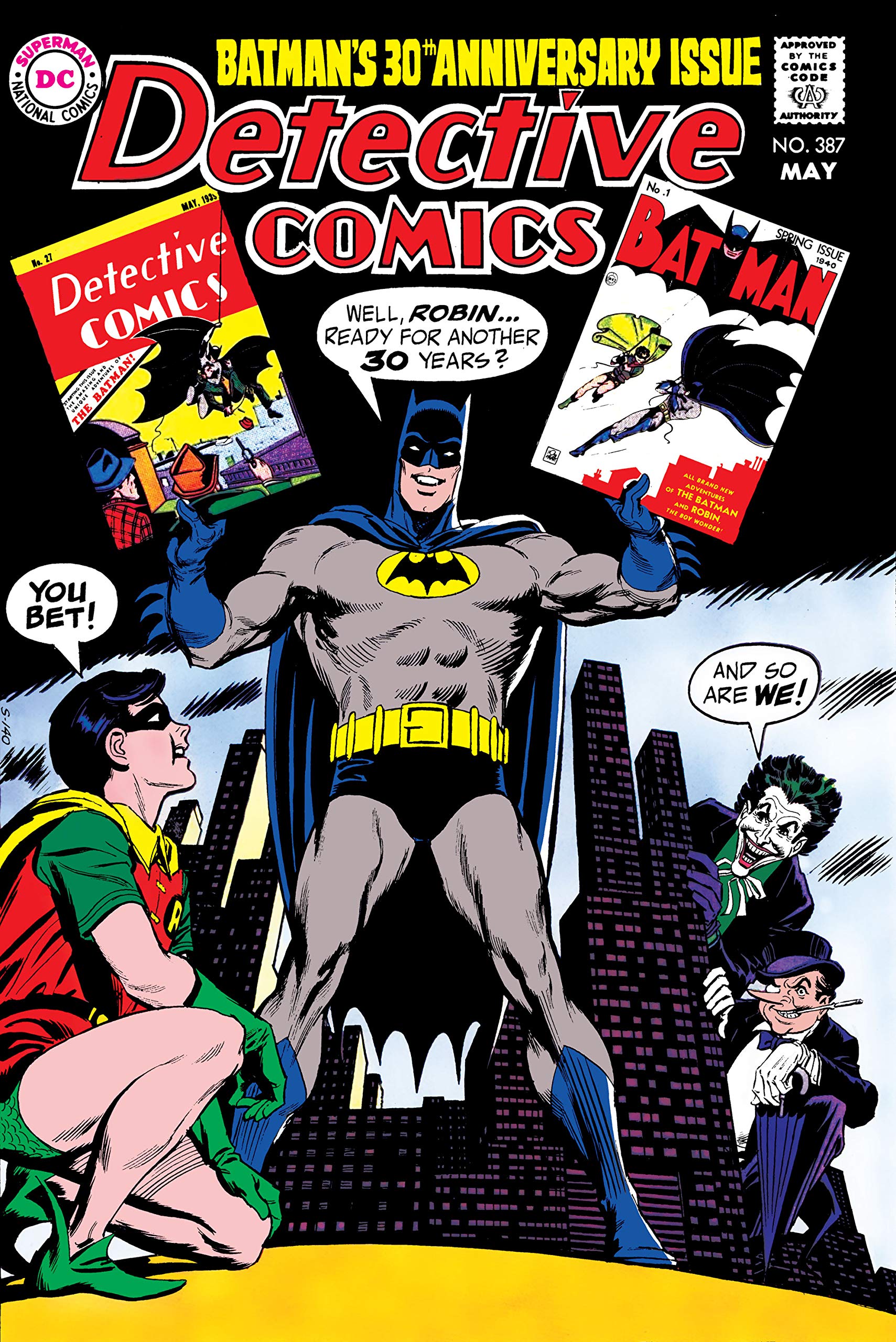
Detective Comics (1937-2011) #387
1969
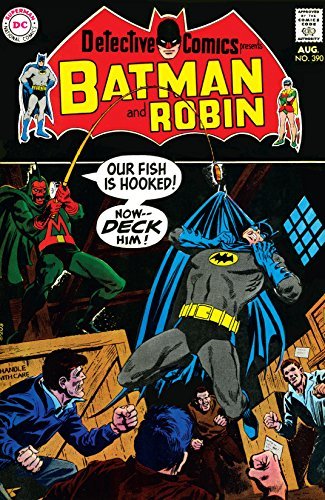
Detective Comics (1937-2011) #390
1969
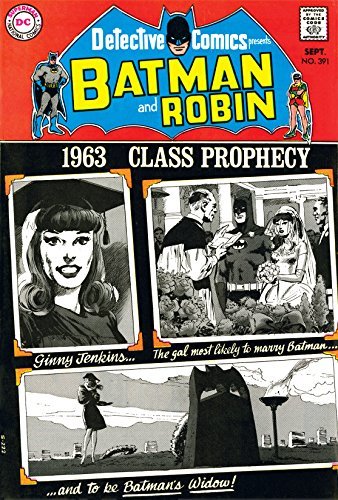
Detective Comics (1937-2011) #391
1969
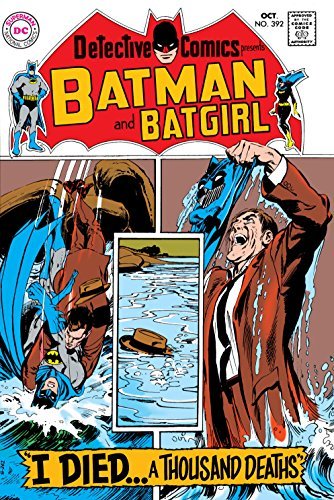
Detective Comics (1937-2011) #392
1969
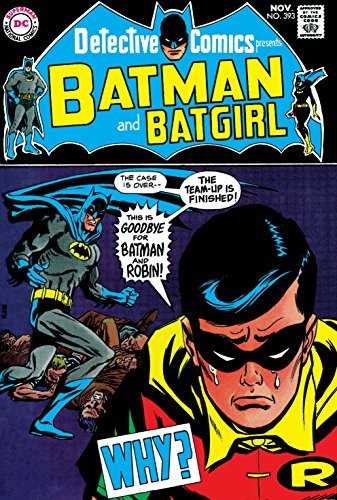
Detective Comics (1937-2011) #393
1969
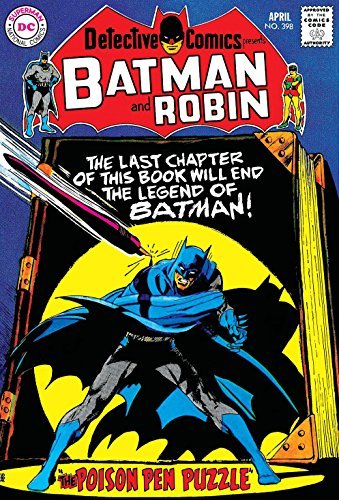
Detective Comics (1937-2011) #398
1970

Detective Comics (1937-2011) #399
1970
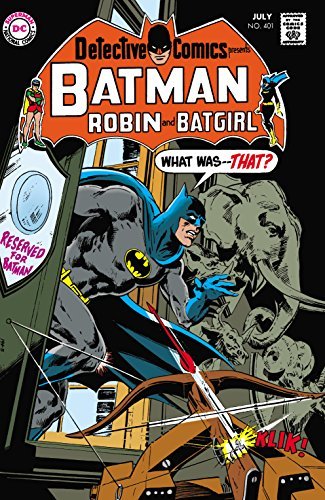
Detective Comics (1937-2011) #401
1970
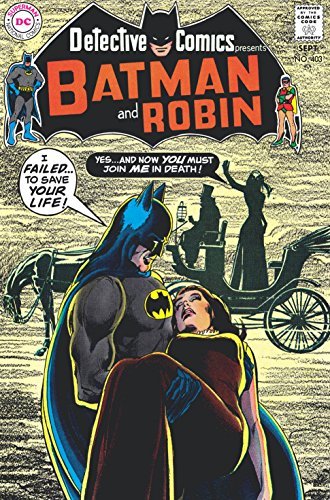
Detective Comics (1937-2011) #403
1970
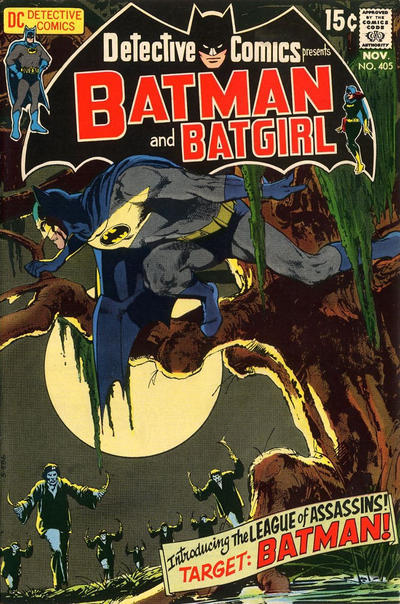
detective comics #405
1970
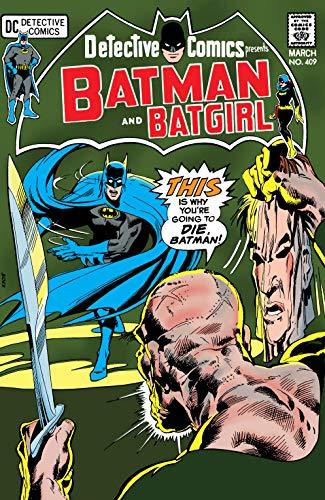
Detective Comics (1937-2011) #409
1971

Detective Comics (1937-2011) #415
1971
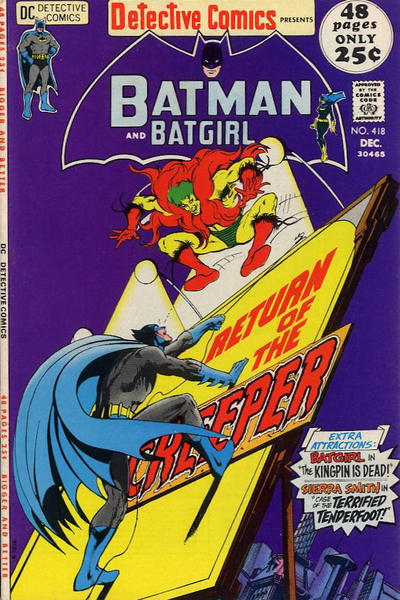
Detective Comics #418
1971
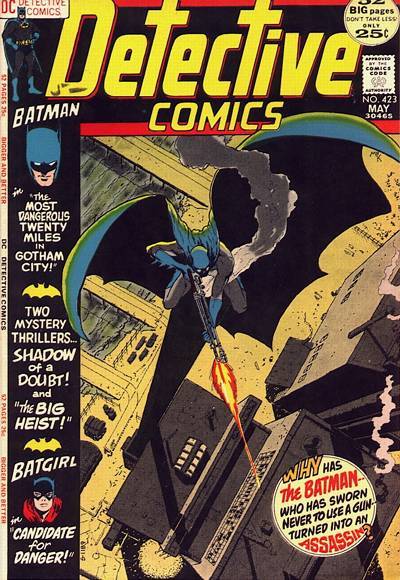
Detective Comics (1937-) #423
1972
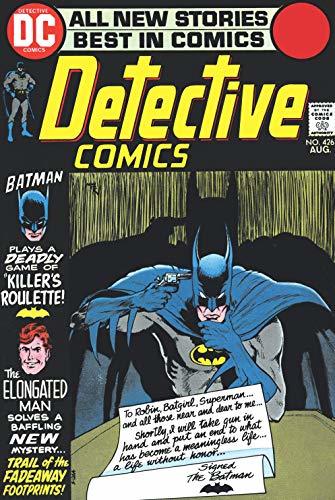
Detective Comics (1937-2011) #426
1972
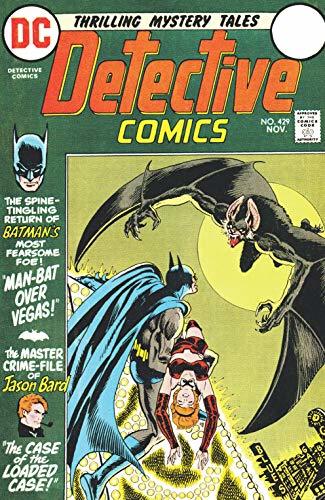
Detective Comics (1937-2011) #429
1972
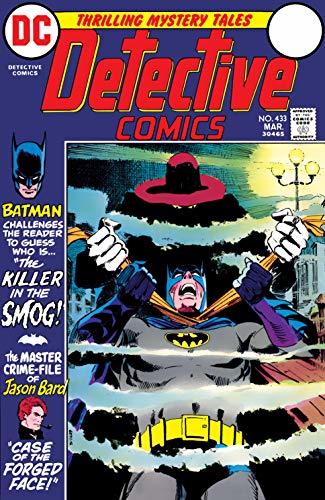
Detective Comics (1937-2011) #433
1973
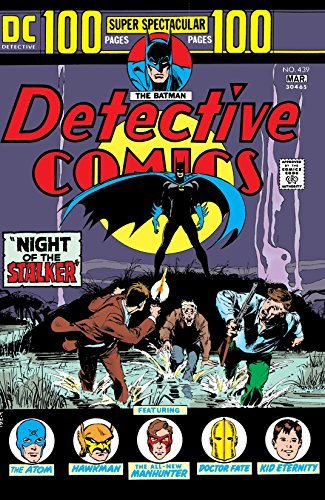
Detective Comics (1937-2011) #439
1974

Detective Comics #442
1974
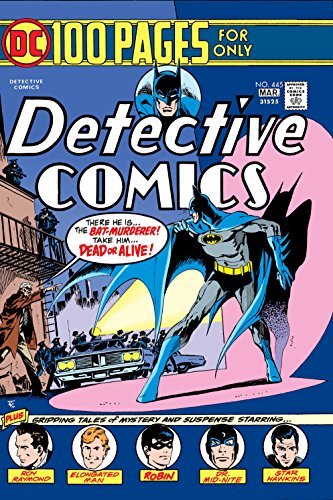
Detective Comics (1937-2011) #445
1975

Detective Comics (1937-2011) #446
1975
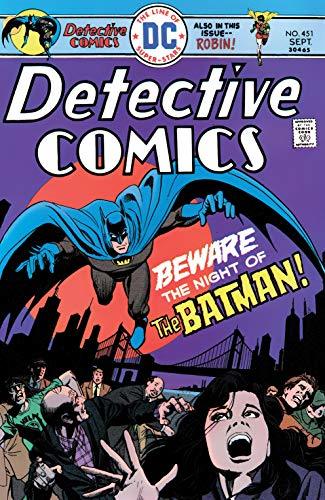
Detective Comics (1937-2011) #451
1975
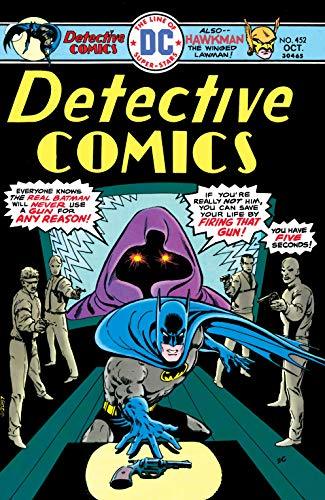
Detective Comics (1937-2011) #452
1975
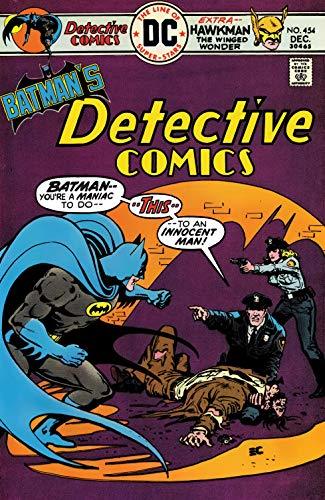
Detective Comics (1937-2011) #454
1975
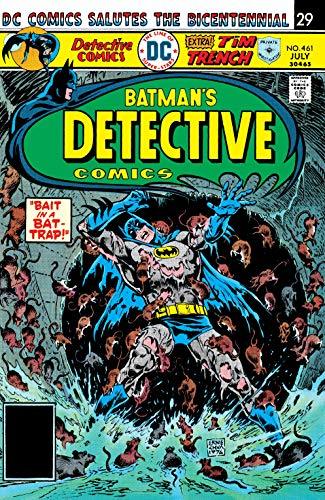
Detective Comics (1937-2011) #461
1976
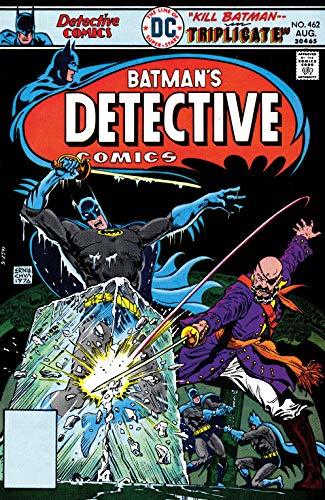
Detective Comics (1937-2011) #462
1976
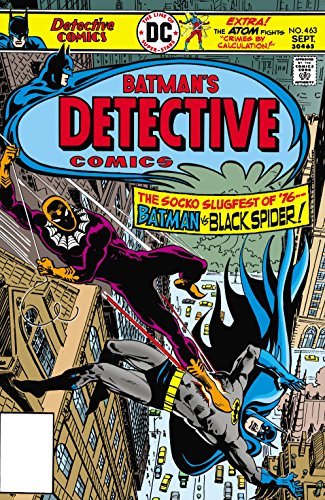
Detective Comics (1937-2011) #463
1976

Detective Comics (1937-2011) #465
1976
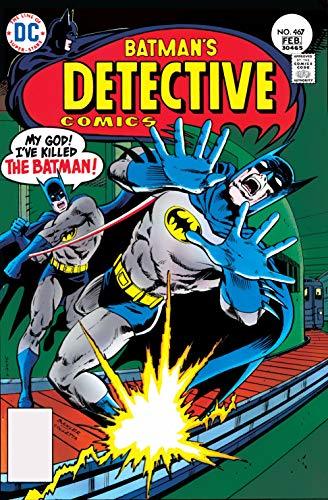
Detective Comics (1937-2011) #467
1977
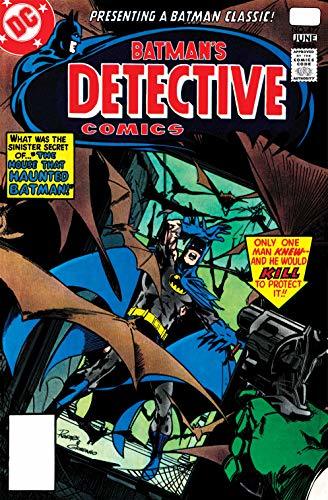
Detective Comics (1937-2011) #477
1978
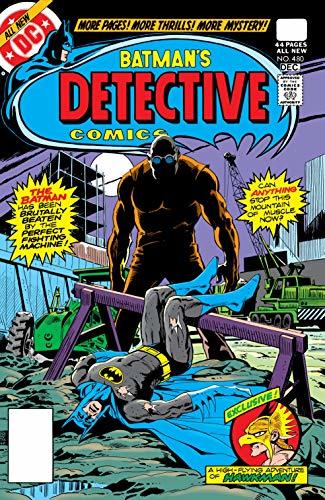
Detective Comics (1937-2011) #480
1978
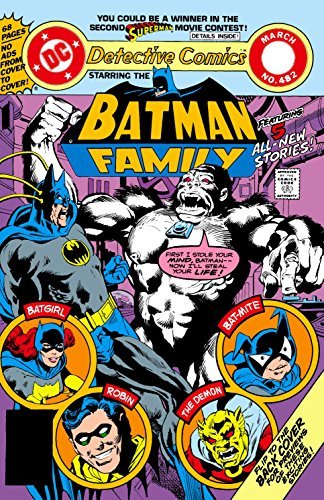
Detective Comics (1937-2011) #482
1979
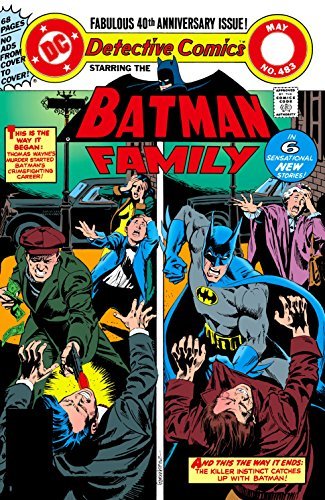
Detective Comics (1937-2011) #483
1979
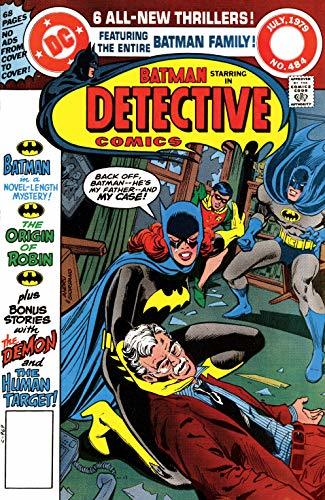
Detective Comics (1937-2011) #484
1979
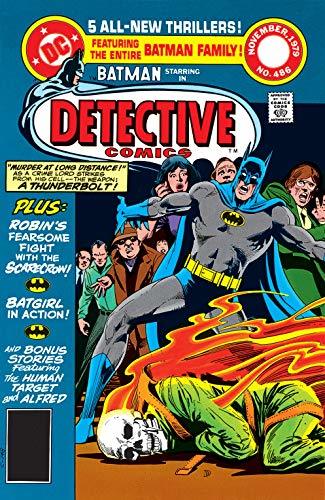
Detective Comics (1937-2011) #486
1979
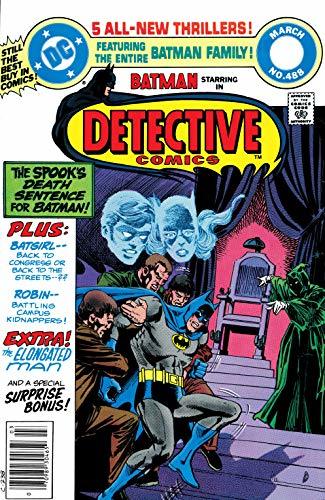
Detective Comics (1937-2011) #488
1980
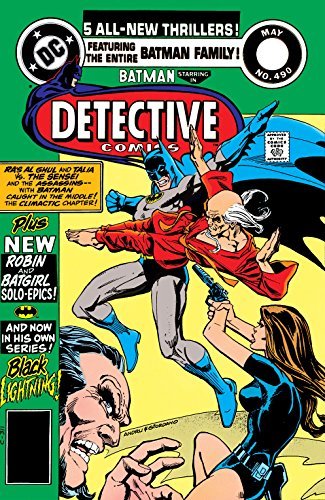
Detective Comics (1937-2011) #490
1980
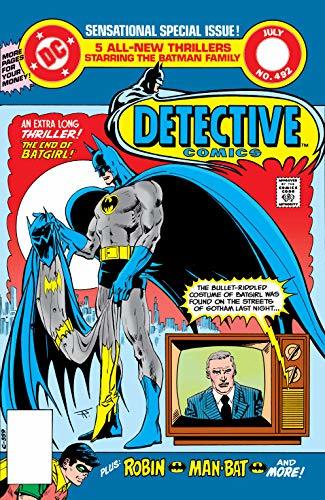
Detective Comics (1937-2011) #492
1980
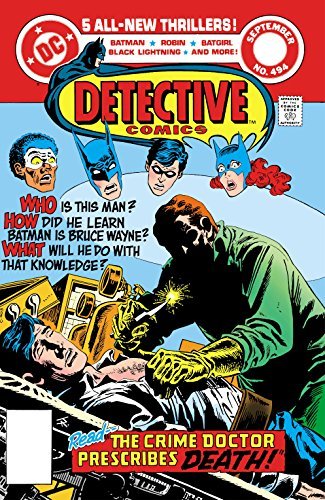
Detective Comics (1937-2011) #494
1980
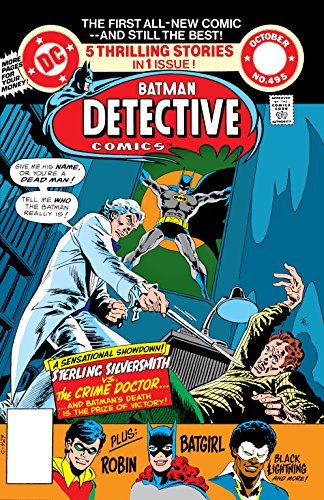
Detective Comics (1937-2011) #495
1980
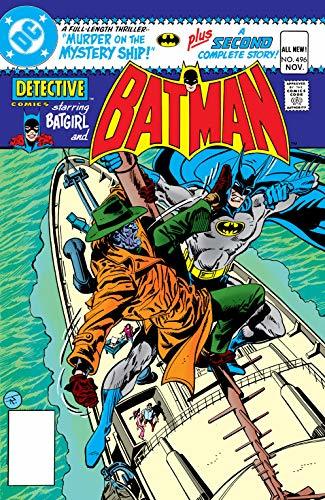
Detective Comics (1937-2011) #496
1980
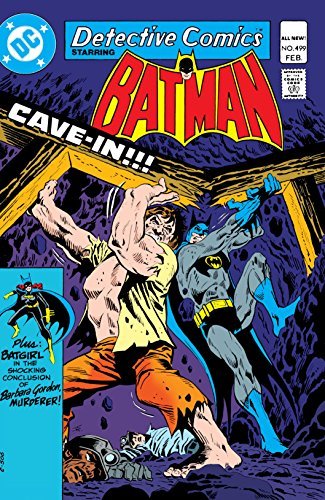
Detective Comics (1937-2011) #499
1981
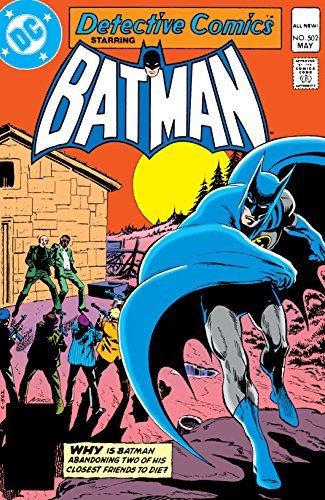
Detective Comics (1937-2011) #502
1981
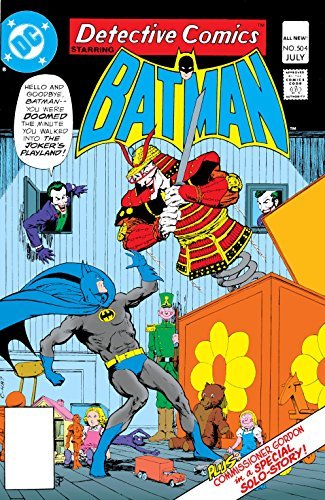
Detective Comics (1937-2011) #504
1981
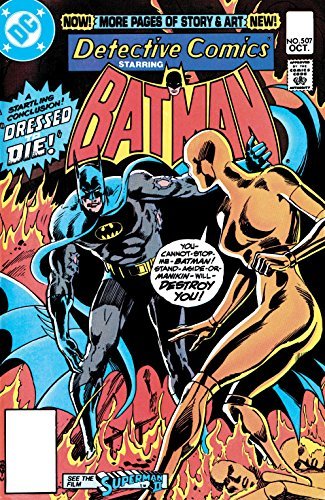
Detective Comics (1937-2011) #507
1981
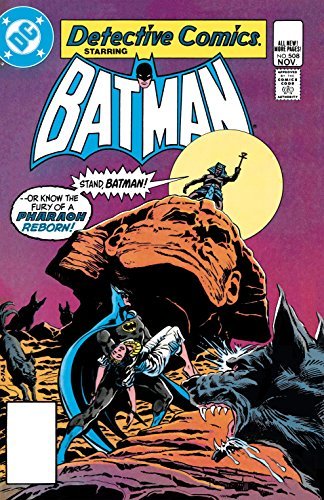
Detective Comics (1937-2011) #508
1981
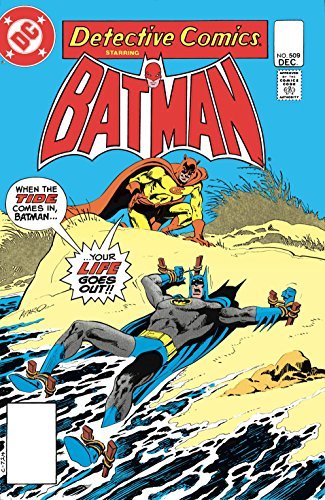
Detective Comics (1937-2011) #509
1981
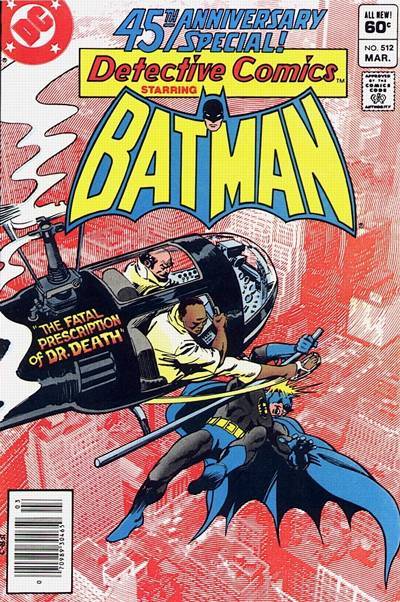
Detective Comics (1937-2011) #512
1982
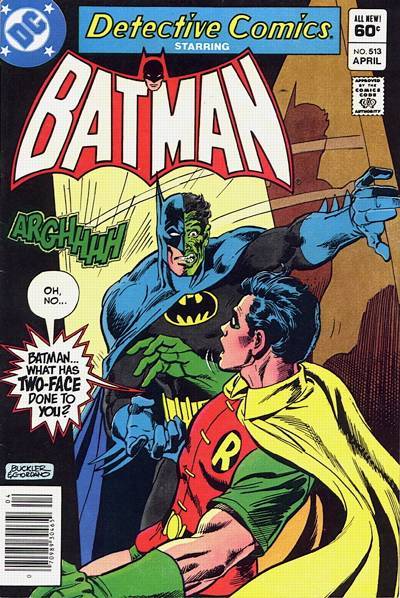
Detective Comics (1937-2011) #513
1982
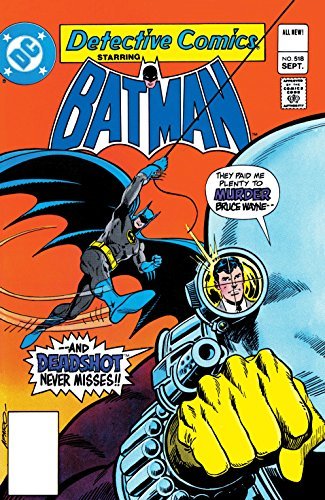
Detective Comics (1937-2011) #518
1982
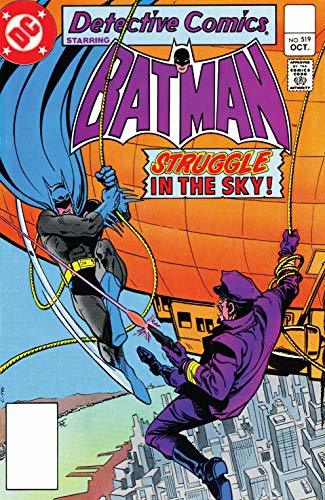
Detective Comics (1937-2011) #519
1982
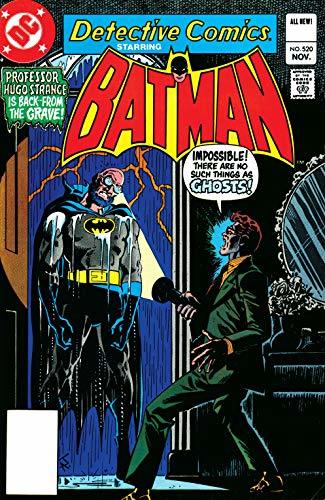
Detective Comics (1937-2011) #520
1982
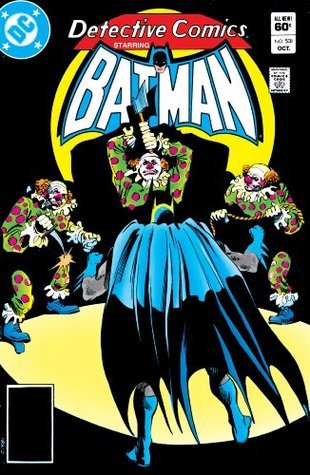
Detective Comics (1937-2011) #531
1983

Detective Comics (1937-2011) #533
1983

Detective Comics (1937-2011) #536
1984
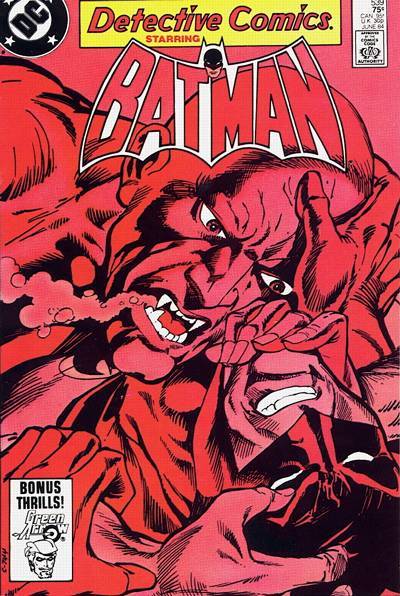
Detective Comics (1937-2011) #539
1984
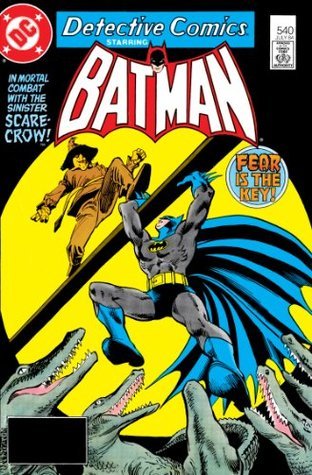
Detective Comics (1937-2011) #540
1984

Detective Comics (1937-2011) #548
1985
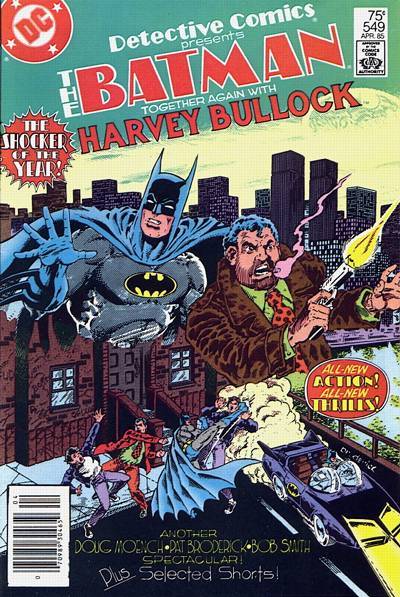
Detective Comics (1937-2011) #549
1985
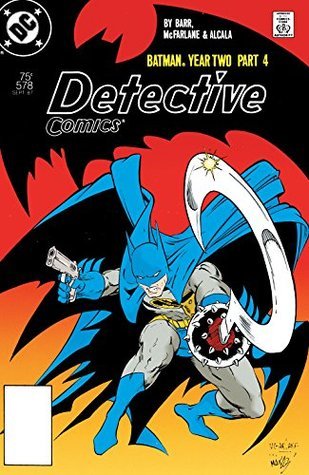
Detective Comics (1937-2011) #578
1970
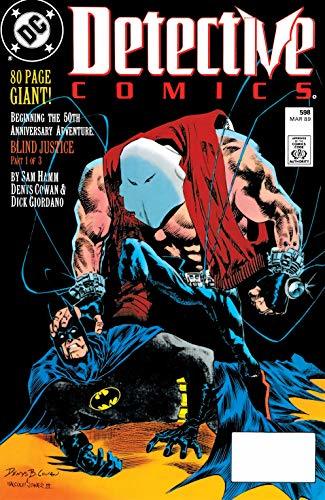
Detective Comics (1937-2011) #598
2019
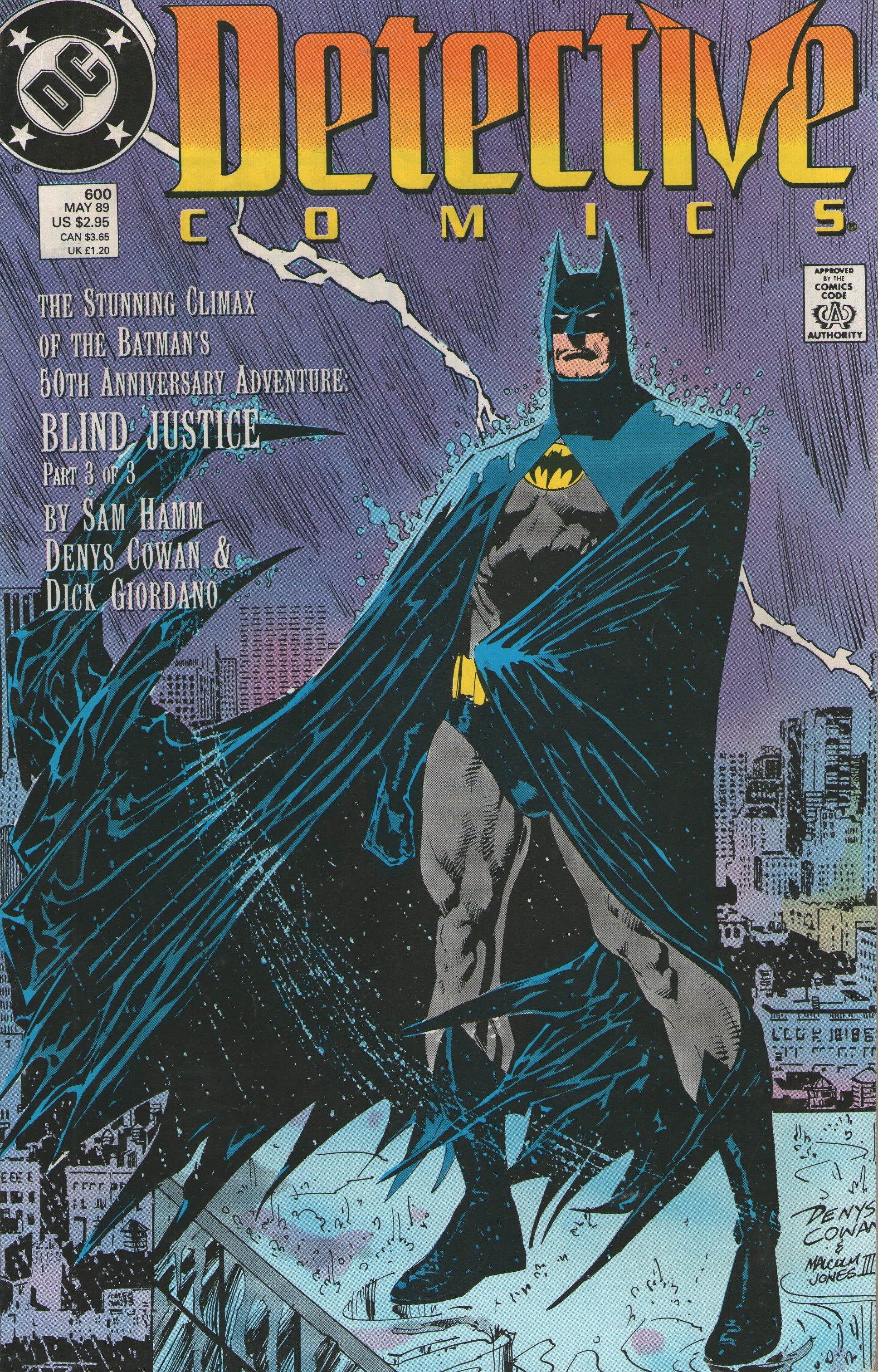
Detective Comics (1937-2011) #600
1989

Tales of the Batman
Alan Brennert
2016
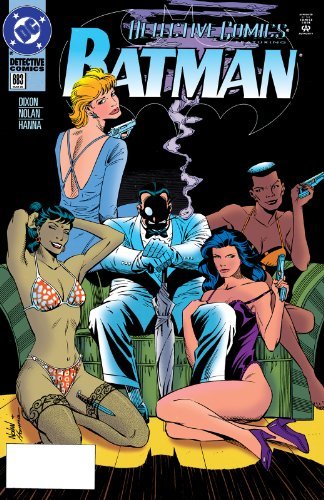
Detective Comics (1937-2011) #683
1995
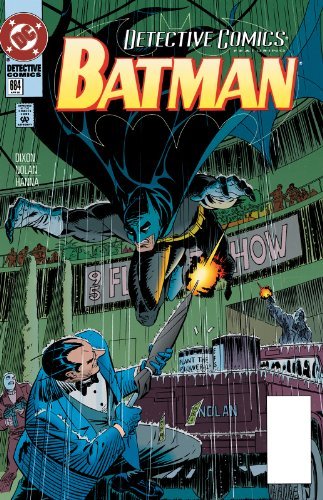
Detective Comics (1937-2011) #684
1995
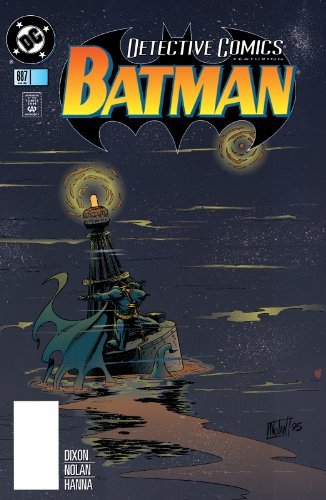
Detective Comics (1937-2011) #687
1995

Detective Comics (1937-2011) #690
1995
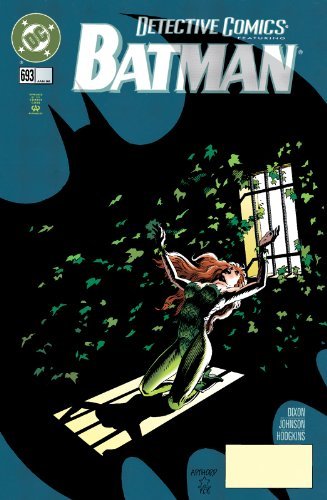
Detective Comics (1937-2011) #693
1995
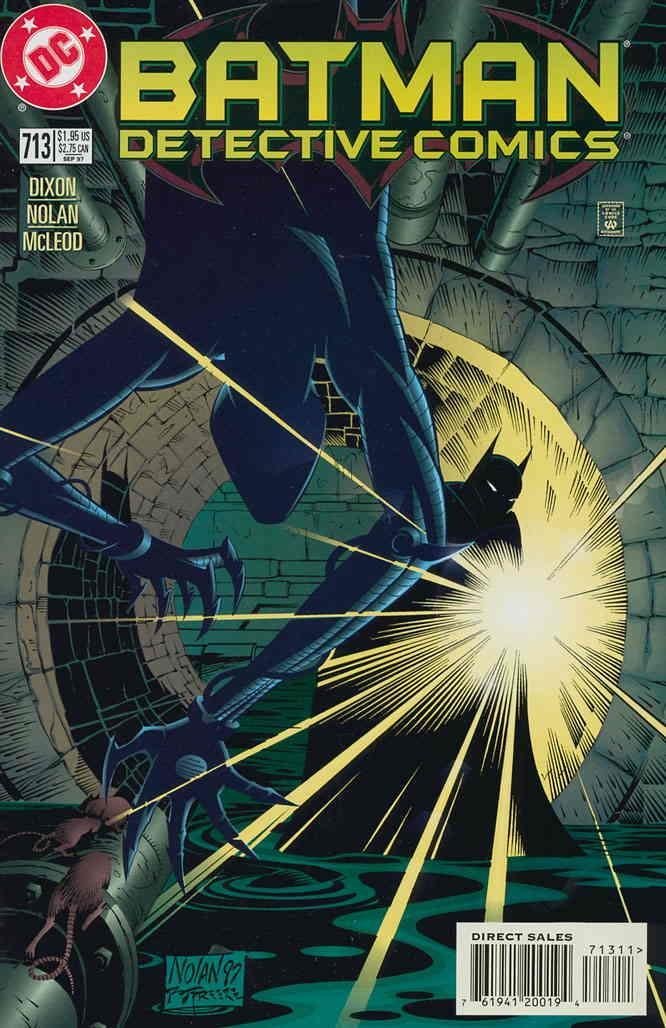
Detective Comics 713
1997

Detective Comics (1937-2011) #715
1997

Detective Comics (1937-2011) #723
1998

Detective Comics (1937-2011) #779
2003

Detective Comics (1937-2011) #780
2003

Detective Comics (1937-2011) #781
2003

Detective Comics (1937-2011) #782
2003
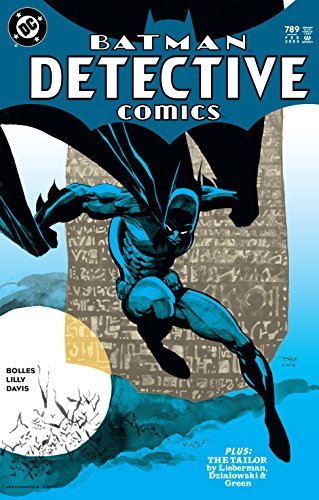
Detective Comics (1937-2011) #789
2003

Detective Comics #794
2004
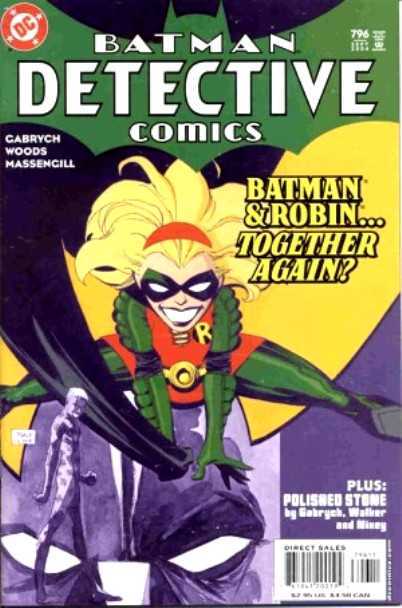
Detective Comics #796
2004
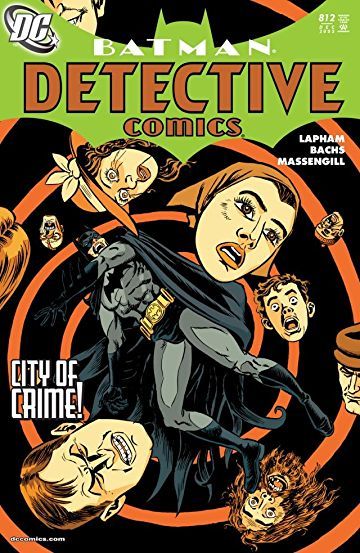
Detective Comics (1937-2011) #812
2005

DC Presents Batman
Dark Knight, Dark City
1991
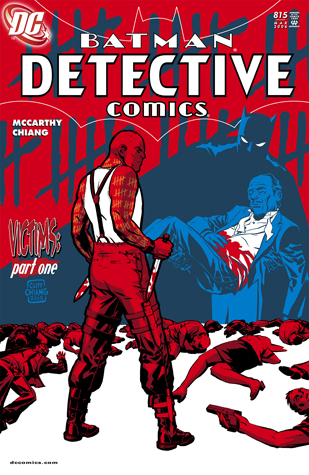
Detective Comics (1937-2011) #815
2006
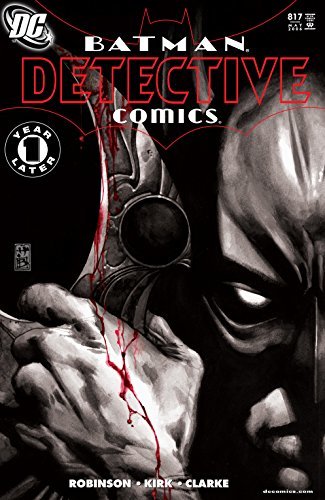
Detective Comics (1937-2011) #817
2006
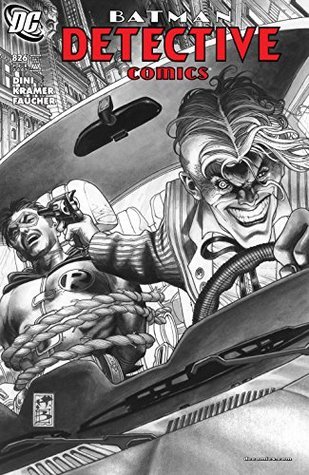
Detective Comics (1937-2011) #826
2006
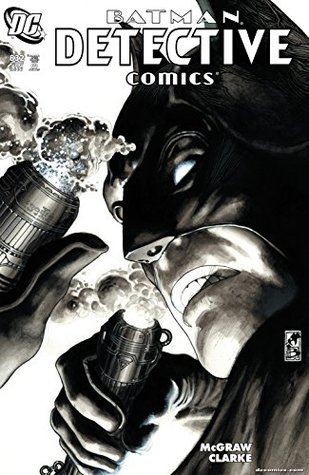
Detective Comics (1937-2011) #832
2007

Detective Comics (1937-2011) #836
2007
Authors
Librarian Note: There is more than one author in the Goodreads database with this name. Cartoonist

Benton began his career in a custom design t-shirt shop where he started designing his own characters. At the same time, Jim did illustrations and artwork for magazines and newspapers. People magazine named him "the most visible cartoonist in America" . Benton also created greeting cards and worked in the magazine and publishing industry. In 1998, his SpyDogs characters became an animated series, The Secret Files of the Spy Dogs, that aired on Fox Kids. Licensing his own creations brought them widespread attention on products, such as It's Happy Bunny, The Misters, Just Jimmy and more. Benton currently lives in Michigan, where he operates out of his own studio.

Len Wein was an American comic book writer and editor best known for co-creating DC Comics' Swamp Thing and Marvel Comics' Wolverine, and for helping revive the Marvel superhero team the X-Men (including the co-creation of Nightcrawler, Storm, and Colossus). Additionally, he was the editor for writer Alan Moore and illustrator Dave Gibbons' influential DC miniseries Watchmen. Wein was inducted into the Will Eisner Comic Book Hall of Fame in 2008.


Barbara Randall Kesel is an American writer and editor of comic books; her bibliography includes work for DC Comics, Marvel Comics, CrossGen, Image Comics and Dark Horse Comics. Kesel is a very outspoken opponent of sexism in the comic book industry. She is known for her strong female characters, influencing her then husband Karl's work on Lois Lane in the Superman titles and creating Grace, the ruler of the Golden City location in Comics' Greatest World. Kesel initially came into the comics world after writing a 10-page letter to editor Dick Giordano regarding the portrayal of female comic book characters. At Dark Horse, Kesel was part of Team CGW, responsible for most of the design and creation of the setting and characters in the Golden City location. She is currently part of book packaging company The Pack, alongside Lee Nordling, Brian Augustyn, Gordon Kent and Dave Olbrich. Kesel has been nominated for the 1991 "Best Editor" Eisner Award for Badlands, Aliens: Genocide and Star Wars. In 1995, she was nominated for "Best Anthology" and "Best Graphic Album of Previously Published Material" Harvey Awards for, respectively, Instant Piano and Hellboy: Seed of Destruction. She won the 1996 "Best Graphic Album of Previously Published Work" Harvey Award, for Hellboy: The Wolves of St. August.

Andersen Gabrych is a Northern California native. He’s written Detective Comics, Batman, Batgirl, Catwoman, and Omega Men for DC Comics, and is the author of the original graphic novel, Fog Town. As an actor he appeared most notably in the award-winning Edge of Seventeen and at HBO’s Aspen Comedy Festival. He currently lives in L.A. with his cat, Moses, and is the co-creator of Pyrasphere, “Hollywood’s fastest growing new religion,” and the subsequent documentary Bright Day! about this fictitious spiritual movement.



Ed Brubaker (born November 17, 1966) is an Eisner Award-winning American cartoonist and writer. He was born at the National Naval Medical Center, Bethesda, Maryland. Brubaker is best known for his work as a comic book writer on such titles as Batman, Daredevil, Captain America, Iron Fist, Catwoman, Gotham Central and Uncanny X-Men. In more recent years, he has focused solely on creator-owned titles for Image Comics, such as Fatale, Criminal, Velvet and Kill or Be Killed. In 2016, Brubaker ventured into television, joining the writing staff of the HBO series Westworld.

One of the most prolific writers in comics, particularly in the Silver Age. He took over scripting duties on Wonder Woman after William Moulton Marston's death, and handled the character's transition from the Golden to the Silver Age. He also created Barry Allen, the second Flash, for editor Julius Schwartz's superhero revival of 1956, as well as writing and editing DC's pioneering war titles. His creations include Sgt. Rock, the Unknown Soldier, Barry Allen, Ragman, the Losers, Black Canary, the Metal Men, Poison Ivy, Enemy Ace, the Suicide Squad, and Rex the Wonder Dog.


Alexander Toth was an American professional cartoonist active from the 1940s through the 1980s. Toth's work began in the American comic book industry, but he is also known for his animation designs for Hanna-Barbera throughout the 1960s and 1970s. His work included Super Friends, Space Ghost, The Herculoids, and Birdman. Toth's work has been resurrected in the late-night, adult-themed spinoffs on Cartoon Network: Space Ghost: Coast to Coast, Sealab 2021, and Harvey Birdman, Attorney at Law. He was inducted into the comic-book industry's Jack Kirby Hall of Fame in 1990 Librarian Note: There is more than one author in the GoodReads database with this name. See this thread for more information.

Devin Grayson is an avid gamer, former acting student, and enthusiastic reader fortunate enough to have turned a lifelong obsession with fictional characters into a dynamic writing career. She has a B.A. from Bard College, where she studied creative writing with novelist Mona Simpson. Best known for her work on the Batman titles for DC Comics, Devin has been a regular writer on Catwoman, Nightwing, and The Titans, and contributed to the award-winning No Man’s Land story arc. With the publication of Batman: Gotham Knights in March of 2000, she became the first (and, sadly, only as of 2020) female to create, launch and write an ongoing Batman title. Additional career highlights include the launch of the critically acclaimed series Omni for Humanoids, Doctor Strange: The Fate of Dreams, an original novel featuring Marvel’s Sorcerer Supreme, and USER—a highly personal three-part, creator-owned miniseries about gender identity and online role-playing, originally published by Vertigo and newly available as a collected edition hardcover through Image. Devin is also the creator of Yelena Belova, a Marvel character staring in the upcoming MCU Black Widow movie (played by Florence Pugh), Damien Darhk, a DC character now appearing regularly in CW’s Arrow and Legends of Tomorrow (played by Neal McDonough), and Catalina Flores, a DC character recently featured as the super-villain Tarantula in The Lego Batman Movie. Frequently cited for compelling character development and nuanced exploration of complex themes, Devin’s work has been showcased in mainstream media such as USA Today and Working Woman as well as in alternative press such as The Village Voice, The Advocate, and Curve magazine. Over the years, she has written in several different media and genres, from comic books and novels to video game scripts and short essays. She is currently working on an original graphic novel for Berger Books. Devin lives in Northern California with her husband, step-son, devoted Early Alert Canines Diabetic Alert Dog, and somewhat less devoted cat. Openly bisexual, she is a passionate advocate for the GLBTQ community, as well as being a committed environmentalist, and a public speaker for T1 Diabetes awareness and Diabetic Alert Dogs. She is always happy to take on a new challenge, especially if it involves making some new fictional friends.


Charles "Chuck" Dixon is an American comic book writer, perhaps best-known for long runs on Batman titles in the 1990s. His earliest comics work was writing Evangeline first for Comico Comics in 1984 (then later for First Comics, who published the on-going series), on which he worked with his then-wife, the artist Judith Hunt. His big break came one year later, when editor Larry Hama hired him to write back-up stories for Marvel Comics' The Savage Sword of Conan. In 1986, he began working for Eclipse Comics, writing Airboy with artist Tim Truman. Continuing to write for both Marvel and (mainly) Eclipse on these titles, as well as launching Strike! with artist Tom Lyle in August 1987 and Valkyrie with artist Paul Gulacy in October 1987, he began work on Carl Potts' Alien Legion series for Marvel's Epic Comics imprint, under editor Archie Goodwin. He also produced a three-issue adaptation of J. R. R. Tolkien's The Hobbit for Eclipse with artist David Wenzel between 1989 and 1990, and began writing Marc Spector: Moon Knight in June 1989. His Punisher OGN Kingdom Gone (August, 1990) led to him working on the monthly The Punisher War Journal (and later, more monthly and occasional Punisher titles), and also brought him to the attention of DC Comics editor Denny O'Neil, who asked him to produce a Robin mini-series. The mini proved popular enough to spawn two sequels - The Joker's Wild (1991) and Cry of the Huntress (1992) - which led to both an ongoing monthly series (which Dixon wrote for 100 issues before leaving to work with CrossGen Comics), and to Dixon working on Detective Comics from #644-738 through the major Batman stories KnightFall & KnightsEnd (for which he helped create the key character of Bane), DC One Million, Contagion, Legacy, Cataclysm and No Man's Land . Much of his run was illustrated by Graham Nolan. He was DC's most prolific Batman-writer in the mid-1990s (rivalled perhaps in history by Bill Finger and Dennis O'Neil) - in addition to writing Detective Comics he pioneered the individual series for Robin, Nightwing (which he wrote for 70 issues, and returned to briefly with 2005's #101) and Batgirl, as well as creating the team and book Birds of Prey . While writing multiple Punisher and Batman comics (and October 1994's Punisher/Batman crossover), he also found time to launch Team 7 for Jim Lee's WildStorm/Image and Prophet for Rob Liefeld's Extreme Studios. He also wrote many issues of Catwoman and Green Arrow, regularly having about seven titles out each and every month between the years 1993 and 1998. In March, 2002, Dixon turned his attention to CrossGen's output, salthough he co-wrote with Scott Beatty the origin of Barbara Gordon's Batgirl in 2003's Batgirl: Year One. For CrossGen he took over some of the comics of the out-going Mark Waid, taking over Sigil from #21, and Crux with #13. He launched Way of the Rat in June 2002, Brath (March '03), The Silken Ghost (June '03) and the pirate comic El Cazador (Oct '03), as well as editing Robert Rodi's non-Sigilverse The Crossovers. He also wrote the Ruse spin-off Archard's Agents one-shots in January and November '03 and April '04, the last released shortly before CrossGen's complete collapse forced the cancellation of all of its comics, before which Dixon wrote a single issue of Sojourn (May '04). Dixon's Way of the Rat #24, Brath #14 and El Cazador #6 were among the last comics released from the then-bankrupt publisher. On June 10, 2008, Dixon announced on his forum that he was no longer "employed by DC Comics in any capacity."
Librarian Note: There is more than one author in the Goodreads database with this name. This profile may contain books from multiple authors of this name. Other authors publishing under this name are: Jack Miller, Sports John "Jack" Miller, Novelist, Ex Airforce Jack Miller Jack Miller, Business, Real estate, Investment Jack Miller Jack Miller, Comics



Poet and cynic, Thomas M. Disch brought to the sf of the New Wave a camp sensibility and a sardonicism that too much sf had lacked. His sf novels include Camp Concentration, with its colony of prisoners mutated into super-intelligence by the bacteria that will in due course kill them horribly, and On Wings of Song, in which many of the brightest and best have left their bodies for what may be genuine, or entirely illusory, astral flight and his hero has to survive until his lover comes back to him; both are stunningly original books and both are among sf's more accomplishedly bitter-sweet works. In recent years, Disch had turned to ironically moralized horror novels like The Businessman, The MD, The Priest and The Sub in which the nightmare of American suburbia is satirized through the terrible things that happen when the magical gives people the chance to do what they really really want. Perhaps Thomas M. Disch's best known work, though, is The Brave Little Toaster, a reworking of the Brothers Grimm's "Town Musicians of Bremen" featuring wornout domestic appliances—what was written as a satire on sentimentality became a successful children's animated musical. Thomas M. Disch committed suicide by gunshot on July 4, 2008.

Geoff Johns originally hails from Detroit, Michigan. He attended Michigan State University, where he earned a degree in Media Arts and Film. He moved to Los Angeles in the late 1990s in search of work within the film industry. Through perseverance, Geoff ended up as the assistant to Richard Donner, working on Conspiracy Theory and Lethal Weapon 4. During that time, he also began his comics career writing Stars and S.T.R.I.P.E. and JSA (co-written with David S. Goyer) for DC Comics. He worked with Richard Donner for four years, leaving the company to pursue writing full-time. His first comics assignments led to a critically acclaimed five-year run on the The Flash. Since then, he has quickly become one of the most popular and prolific comics writers today, working on such titles including a highly successful re-imagining of Green Lantern, Action Comics (co-written with Richard Donner), Teen Titans, Justice Society of America, Infinite Crisis and the experimental breakout hit series 52 for DC with Grant Morrison, Greg Rucka and Mark Waid. Geoff received the Wizard Fan Award for Breakout Talent of 2002 and Writer of the Year for 2005, 2006, 2007, and 2008 as well as the CBG Writer of the Year 2003 thru 2005, 2007 and CBG Best Comic Book Series for JSA 2001 thru 2005. Geoff also developed BLADE: THE SERIES with David S. Goyer, as well as penned the acclaimed “Legion” episode of SMALLVILLE. He also served as staff writer for the fourth season of ROBOT CHICKEN. Geoff recently became a New York Times Bestselling author with the graphic novel Superman: Brainiac with art by Gary Frank.
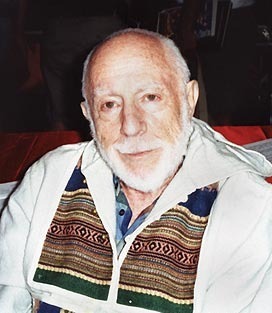
Librarian Note: There is more than one author in the Goodreads database with this name. Alvin^^Schwartz Born in NYC in 1916, Alvin Schwartz wrote his first comics for Fairy Tale Parade in 1939, and wrote extensively for Shelley Mayer, then an editor at Max Gaines’ All-American Publications (later purchased by National/DC in 1944). He had also done a short stint at Fawcett on Captain Marvel. Schwartz wrote his first Batman story in 1942, and his first Batman newspaper strip in Aug 1944 (an assignment he continued on until 1958) and his first Superman newspaper strip in Oct 1944. He had a long association with Superman as the writer of both the Man of Steel’s newspaper strip and many of his comic book appearances, and one of his many enduring contributions to the Superman mythology was the creation of Bizarro, a character who became a part of popular culture, quite apart from comics. While writing most of DC’s newspaper strips between 1944 and 1952, he also went on to do stories for many of their comics magazines, working on characters such as Aquaman, Vigilante, Slam Bradley, Date With Judy, Buzzy, House of Mystery, Tomahawk, Wonder Woman, The Flash, Green Lantern, Newsboy Legion and numerous others. After his 1958 departure from comics, Schwartz took on a whole new role in the corporate world, using the knowledge of plotting gained in comics to open new directions in market research, developing the now well-known techniques of psycho-graphics, typological identification and others, until as Research Director for the famed think tank of Dr Ernst Dichter, The Institute for Motivational Research, he provided structural and marketing advice to some of America’s largest corporations ranging from General Motors to General Foods. He was subsequently appointed to an advisory committee of the American Association of Advertising Agencies. Schwartz also authored three novels for Arco Press, one of which, Sword of Desire, a detective story, won praise for its successful takeoff on Reichian orgone therapy, a popular psychotherapeutic technique during the 40s and 50s. His Beat generation novel, The Blowtop was published by Dial in 1948. Under the title Le Cinglé, it became a best seller in France. He also wrote and lectured on superheroes at various universities and received a prestigious Canada Council Grant for a study on the religious symbolism in popular culture, using Superman as a springboard. Also in Canada, he wrote feature films and did numerous docu-dramas for The National Film Board for nearly 20 years and did a number of economic and social studies for the Canadian government. His last two books, written in his eighties, were: An Unlikely Prophet: Revelations on the Path Without Form (published in 1997) — a memoir dealing with some very off-the-wall experiences generated by his years doing Superman which led him to a unique understanding of Superman’s significance as well as some life-enriching possibilities available to every one of us, and the sequel A Gathering of Selves: The Spiritual Journey of the Legendary Writer of Superman and Batman (published in 2006). Schwartz received the first Bill Finger Award for his contributions to comics via writing in 2006. The Finger Award was created by the legendary creator Jerry Robinson to honour his friend Bill Finger (the uncredited co-creator of Batman) and is given to comic book writers as part of the Will Eisner Comic Book Industry Awards in July of each year.

Mike W. Barr is an American writer of comic books, and mystery, and science fiction novels. Barr's debut as a comics professional came in DC Comics' Detective Comics #444 (Dec. 1974-Jan. 1975), for which he wrote an 8-page back-up mystery feature starring the Elongated Man. Another Elongated Man story followed in Detective Comics #453 (November 1975). He wrote text articles and editorial replies in letter columns for the next few years. By mid-1980 he was writing regularly for both DC and Marvel, including stories for Marvel Team-Up, Mystery in Space, Green Lantern, and various Batman titles. Legion of Super-Heroes #277 (July 1981) saw him take on editorial duties at DC, while writing issues of DC's Star Trek comic, for whom he created the native American character Ensign Bearclaw and a pacifist Klingon named Konom. In December 1982, he and artist Brian Bolland began Camelot 3000, a 12 issue limited series that was one of DC Comics' first direct market projects. In August 1983, Barr created what may well be his most enduring work, the monthly title Batman and the Outsiders with art by Jim Aparo. Barr wrote every issue of the original series, and its Baxter paper spinoff, The Outsiders. His other comics work includes Mantra and Maze Agency as well as the 1987 OGN hardcover book Batman: Son of the Demon (with art by Jerry Bingham), proceeds from which reputedly "restored DC Comics to first place in sales after fifteen years." This title, and Barr's work on Batman with artist Alan Davis have been cited by Grant Morrison as key inspirations for his recent (2006) run on the Batman title. In 2007, he wrote a two-part story for the pages of DC's JLA: Classified (#47-48, Jan-Feb 2008), returned to the Outsiders with Outsiders: Five of a Kind—Katana/Shazam #1 (Oct 2007), contributed to Tokyopop's Star Trek: The Manga, and relaunched Maze Agency at IDW Publishing. He has also scripted many of Bongo Comics' Simpsons titles, including a Christmas story for 2010. In May 2010, the Invisible College Press published Barr's science fiction/fantasy novel, Majician/51, about the discoveries of a scientist working at Area 51.

Harlan Jay Ellison was a prolific American writer of short stories, novellas, teleplays, essays, and criticism. His literary and television work has received many awards. He wrote for the original series of both The Outer Limits and Star Trek as well as The Alfred Hitchcock Hour; edited the multiple-award-winning short story anthology series Dangerous Visions; and served as creative consultant/writer to the science fiction TV series The New Twilight Zone and Babylon 5. Several of his short fiction pieces have been made into movies, such as the classic "The Boy and His Dog". webmaster@harlanellison.com

He was a comic book and pulp magazine editor, and a science fiction agent and prominent fan. In 1932, Schwartz co-published (with Mort Weisinger and Forrest J. Ackerman) Time Traveller, one of the first science fiction fanzines. Schwartz and Weisinger also founded the Solar Sales Service literary agency (1934–1944) where Schwartz represented such writers as Alfred Bester, Stanley G. Weinbaum, Robert Bloch, Ray Bradbury, and H. P. Lovecraft, including some of Bradbury's first published work and Lovecraft's last. In addition, Schwartz helped organize the first World Science Fiction Convention in 1939. In 1944 he became an editor at All-American Comics, one of the companies that evolved into DC Comics.

William "Bill" Finger was an American comic strip and comic book writer best known as the uncredited co-creator, with Bob Kane, of the DC Comics character Batman, as well as the co-architect of the series' development. In later years, Kane acknowledged Finger as "a contributing force" in the character's creation. Comics historian Ron Goulart, in Comic Book Encyclopedia, refers to Batman as the "creation of artist Bob Kane and writer Bill Finger", and a DC Comics press release in 2007 about colleague Jerry Robinson states that in 1939, "Kane, along with writer Bill Finger, had just created Batman for [DC predecessor] National Comics". Film and television credits include scripting The Green Slime (1969), Track of the Moon Beast (1976), and three episodes of 77 Sunset Strip. -Wikipedia

Doug Moench, is an American comic book writer notable for his Batman work and as the creator of Black Mask, Moon Knight and Deathlok. Moench has worked for DC Comics, Marvel Comics, Dark Horse Comics and many other smaller companies; he has written hundreds of issues of many different comics, and created dozens of characters, such as Moon Knight. In 1973, Moench became the de facto lead writer for the Marvel black-and-white magazine imprint Curtis Magazines. He contributed to the entire runs of Planet of the Apes, Rampaging Hulk (continuing on the title when it changed its name to The Hulk!) and Doc Savage, while also serving as a regular scribe for virtually every other Curtis title during the course of the imprint's existence. Moench is perhaps best known for his work on Batman, whose title he wrote from 1983–1986 and then again from 1992–1998. (He also wrote the companion title Detective Comics from 1983–1986.) Moench is a frequent and longtime collaborator with comics artist Paul Gulacy. The pair are probably best known for their work on Shang-Chi: Master of Kung Fu, which they worked on together from 1974–1977. They also co-created Six from Sirius, Slash Maraud, and S.C.I. Spy, and have worked together on comics projects featuring Batman, Conan the Barbarian and James Bond. Moench has frequently been paired with the artist and inker team of Kelley Jones and John Beatty on several Elseworlds Graphic Novels and a long run of the monthly Batman comic.

Librarian note: There is more than one author in the GoodReads database with this name http://en.wikipedia.org/wiki/John_Bro...

Todd McFarlane is a Canadian comic book artist, writer, toy manufacturer/designer, and media entrepreneur who is best known as the creator of the epic occult fantasy series Spawn. In the late 1980s and early 1990s, McFarlane became a comic book superstar due to his work on Marvel Comics' Spider-Man franchise. In 1992, he helped form Image Comics, pulling the occult anti-hero character Spawn from his high school portfolio and updating him for the 1990s. Spawn was one of America's most popular heroes in the 1990's and encouraged a trend in creator-owned comic book properties. In recent years, McFarlane has illustrated comic books less often, focusing on entrepreneurial efforts, such as McFarlane Toys and Todd McFarlane Entertainment, a film and animation studio. In September, 2006, it was announced that McFarlane will be the Art Director of the newly formed 38 Studios, formerly Green Monster Games, founded by Curt Schilling. McFarlane used to be co-owner of National Hockey League's Edmonton Oilers but sold his shares to Daryl Katz. He's also a high-profile collector of history-making baseballs.

Dennis "Denny" O'Neil was a comic book writer and editor best known for his work for Marvel Comics and DC Comics from the 1960s through the 1990s, and Group Editor for the Batman family of titles until his retirement. His best-known works include Green Lantern/Green Arrow and Batman with Neal Adams, The Shadow with Michael Kaluta and The Question with Denys Cowan. As an editor, he is principally known for editing the various Batman titles. From 2013 unti his death, he sat on the board of directors of the charity The Hero Initiative and served on its Disbursement Committee.


Librarian note: There is more than one author in the GoodReads database with this name Peter Milligan is a British writer, best known for his work on X-Force / X-Statix, the X-Men, & the Vertigo series Human Target. He is also a scriptwriter. He has been writing comics for some time and he has somewhat of a reputation for writing material that is highly outlandish, bizarre and/or absurd. His highest profile projects to date include a run on X-Men, and his X-Force revamp that relaunched as X-Statix. Many of Milligan's best works have been from DC Vertigo. These include: The Extremist (4 issues with artist Ted McKeever) The Minx (8 issues with artist Sean Phillips) Face (Prestige one-shot with artist Duncan Fegredo) The Eaters (Prestige one-shot with artist Dean Ormston) Vertigo Pop London (4 issues with artist Philip Bond) Enigma (8 issues with artist Duncan Fegredo) and Girl (3 issues with artist Duncan Fegredo). Series: * Human Target * Greek Street * X-Force / X-Statix

Alan Brennert is the author of the historical novels Palisades Park, Honolulu (chosen one of the best books of 2009 by The Washington Post), and Moloka'i, which won the 2006 Bookies Award, sponsored by the Contra Costa Library, for the Book Club Book of the Year (and has sold over 600,000 copies since publication). It was also a 2012 One Book, One San Diego selection. He has won an Emmy Award and a People's Choice Award for his work as a writer-producer on the television series L.A. Law, and his short story "Ma Qui" was honored with a Nebula Award. His new novel, Daughter of Moloka'i, will be published by St. Martin's Press on February 19, 2019. Follow him on Facebook at https://www.facebook.com/alan.brennert. http://us.macmillan.com/palisadespark...









